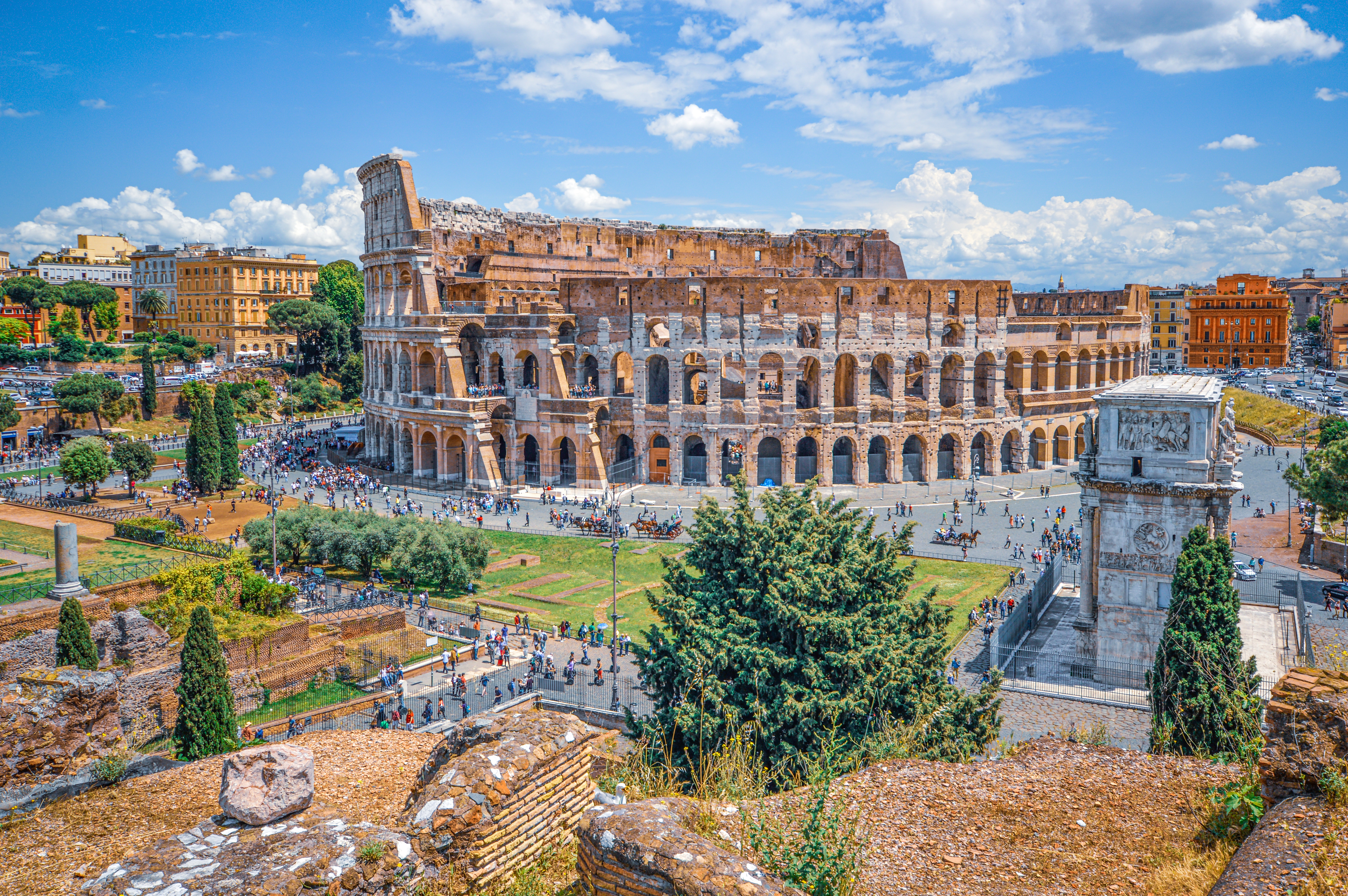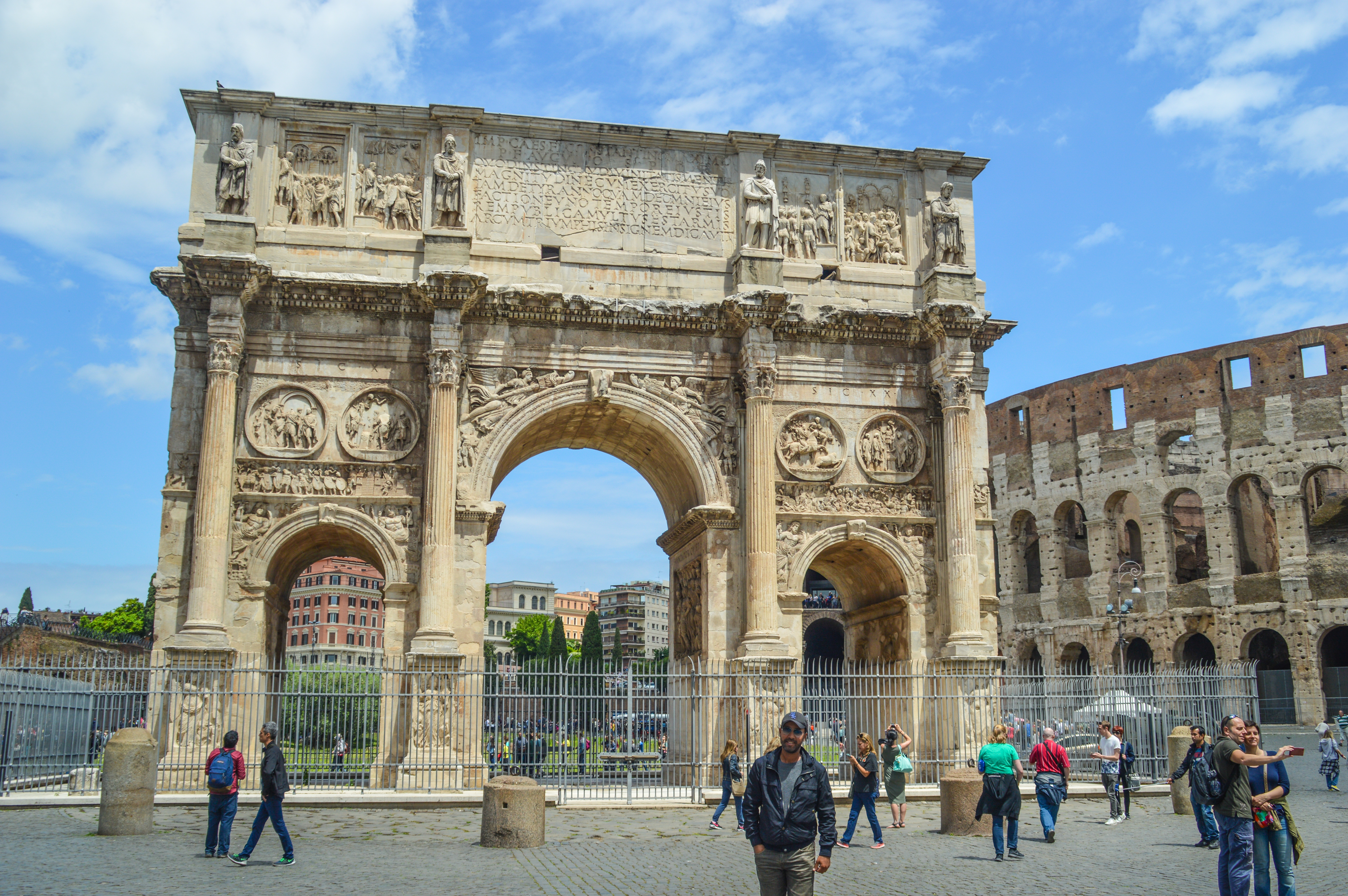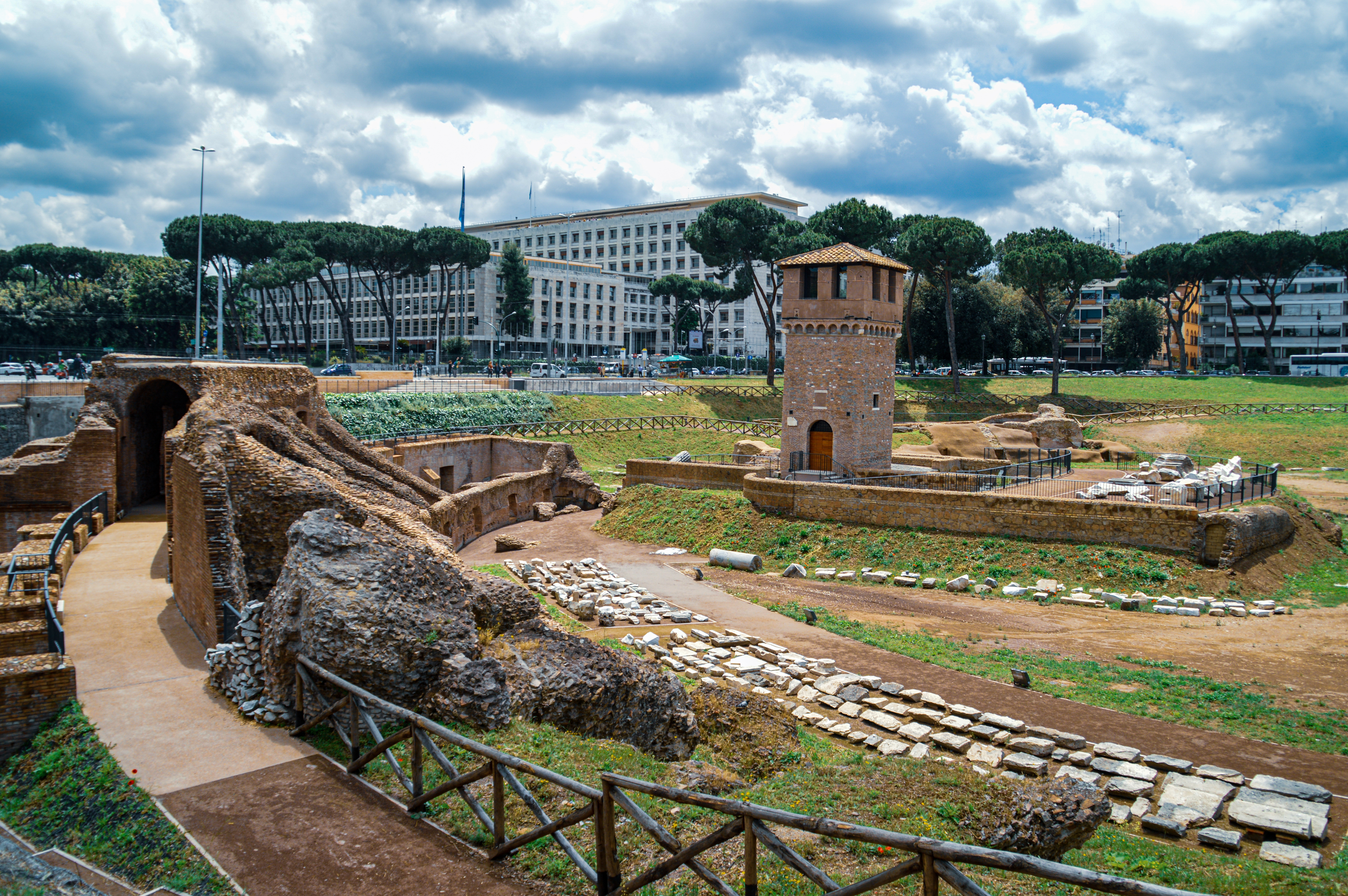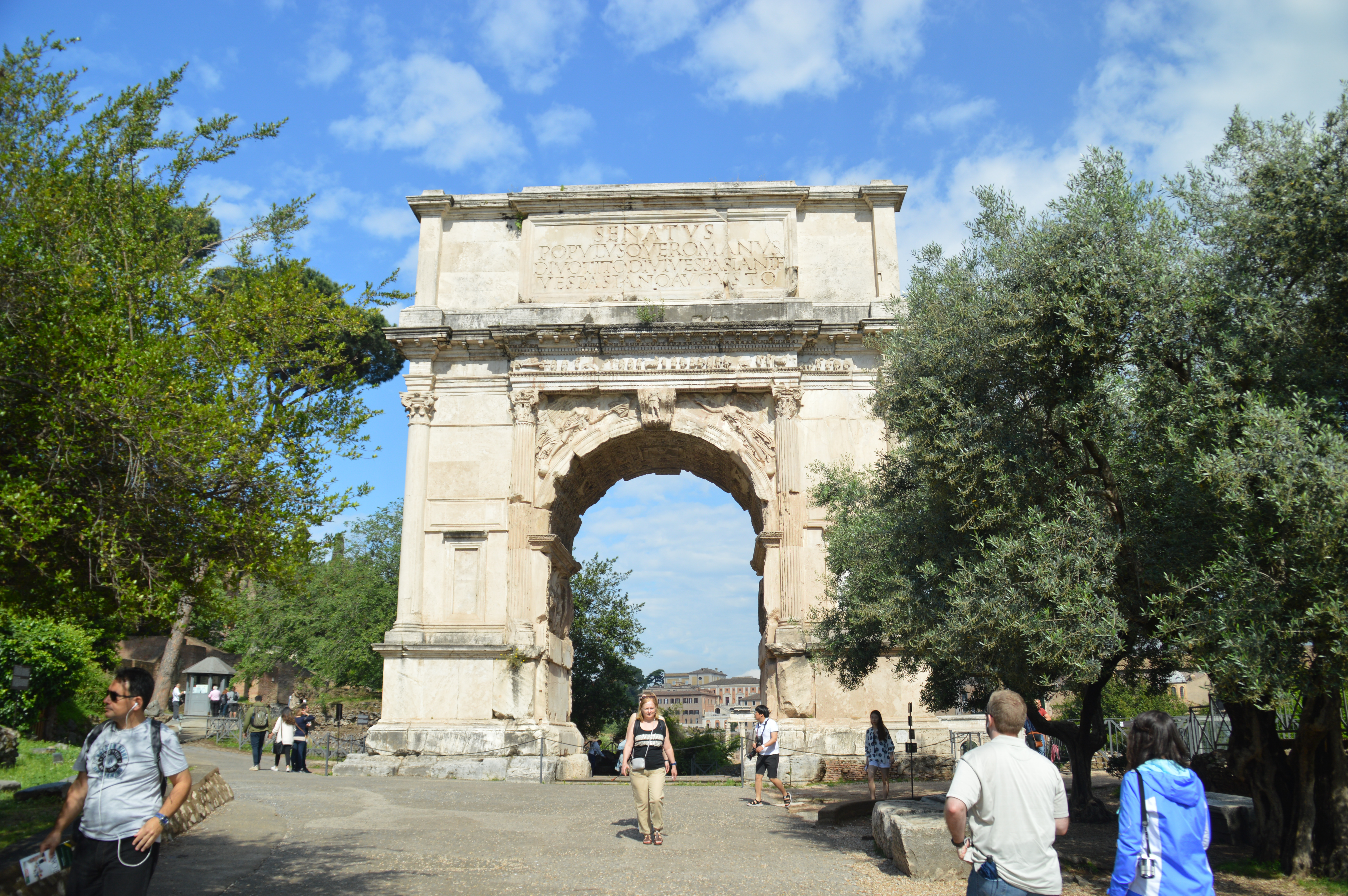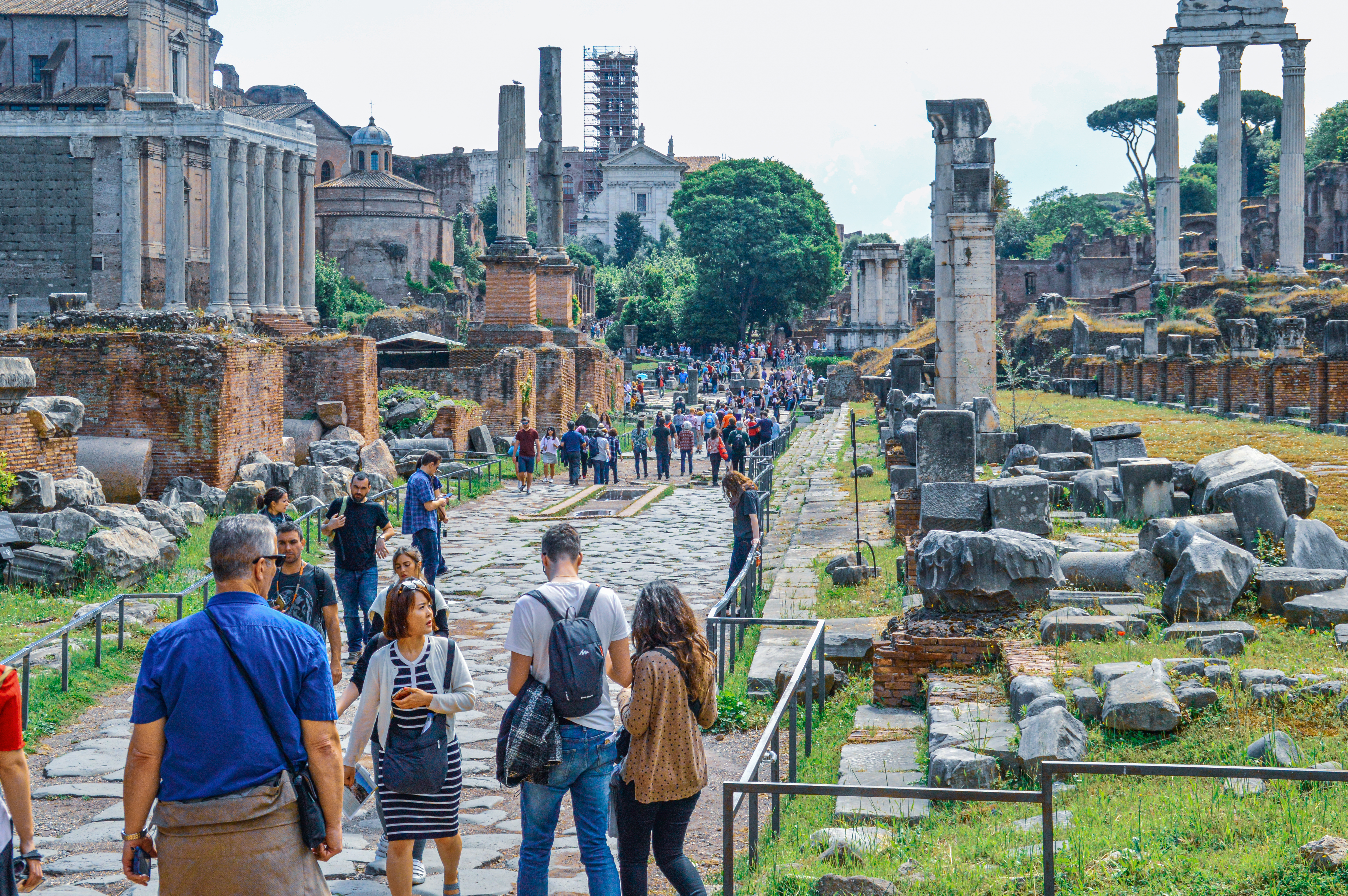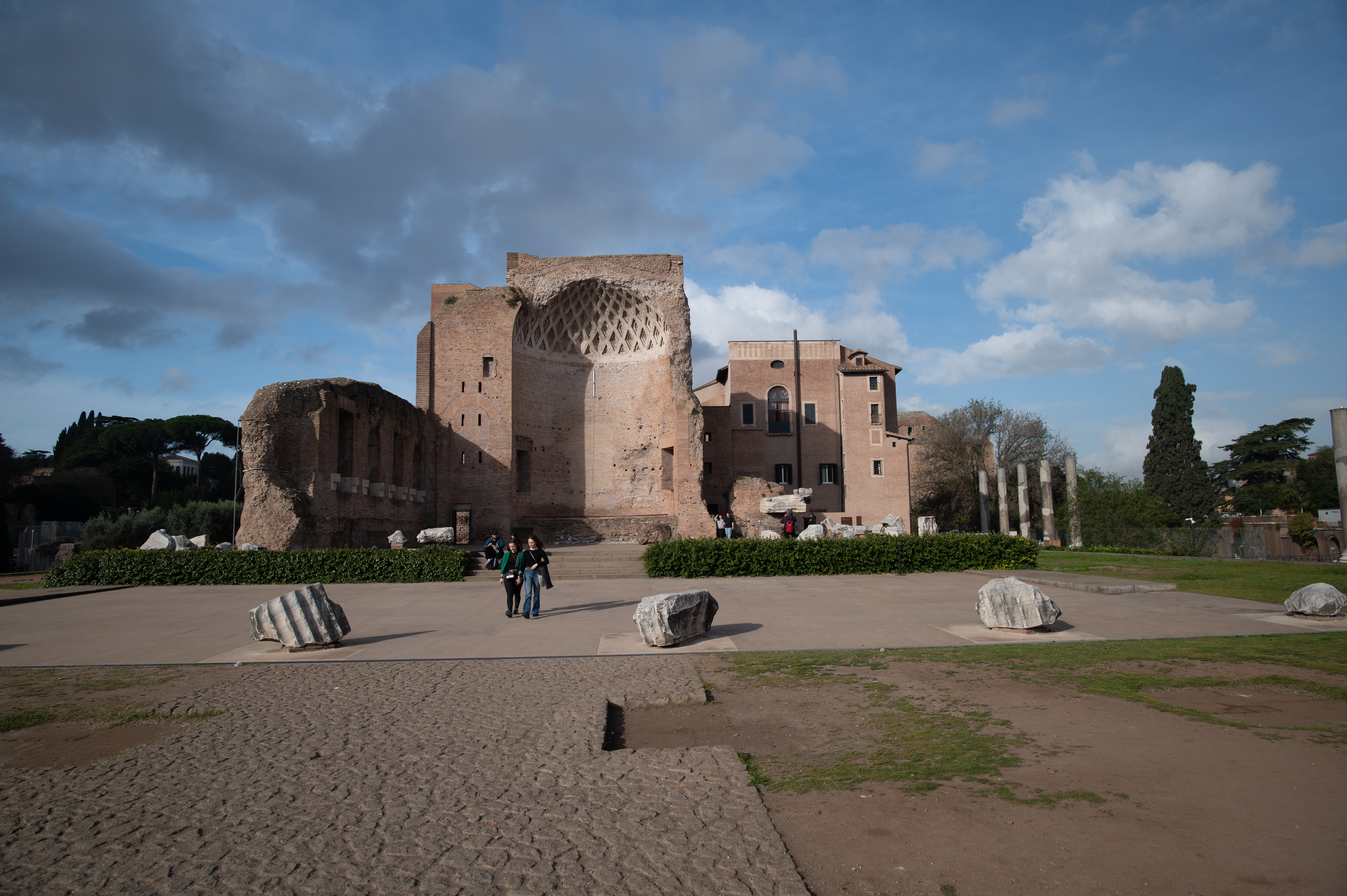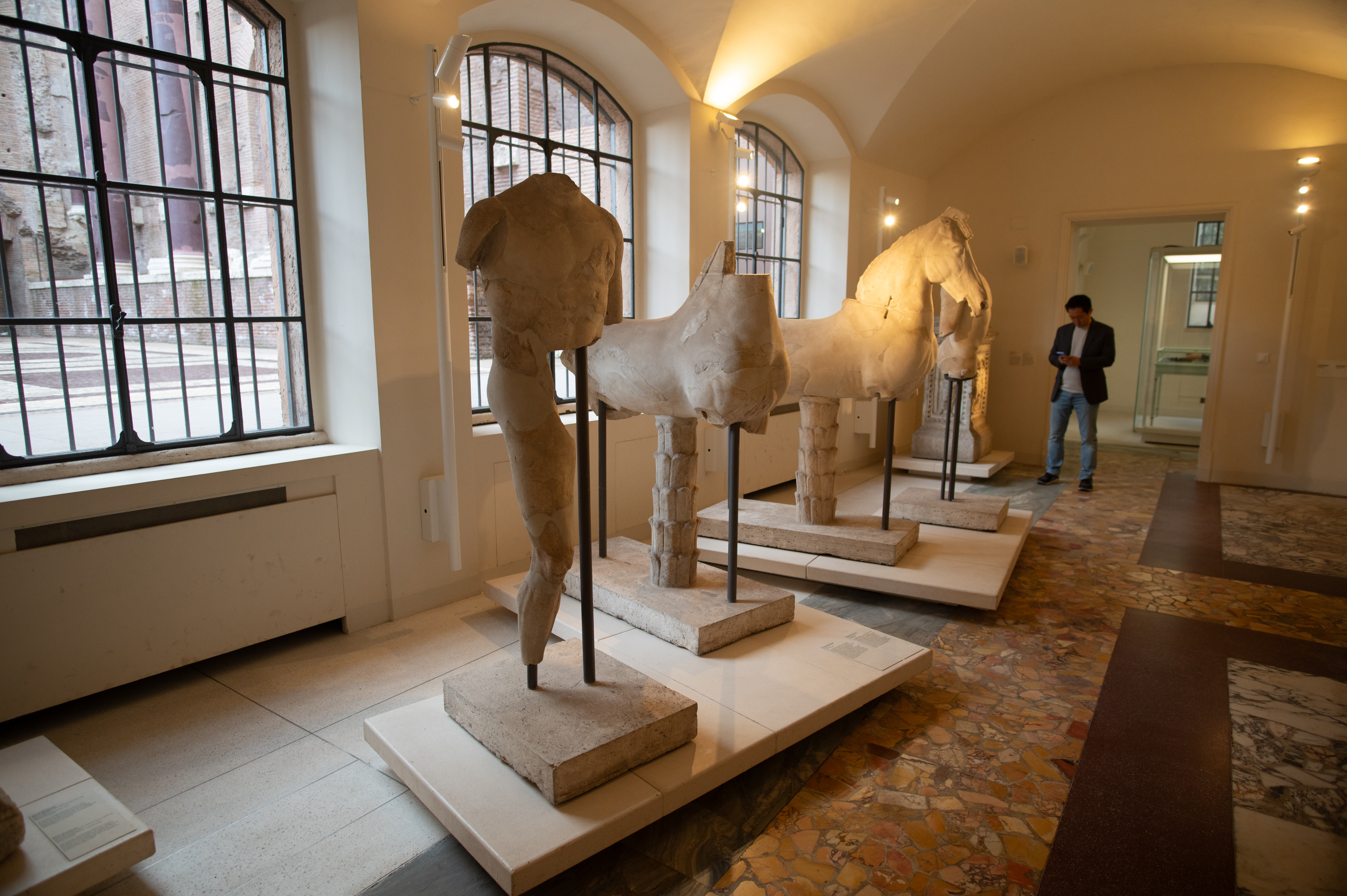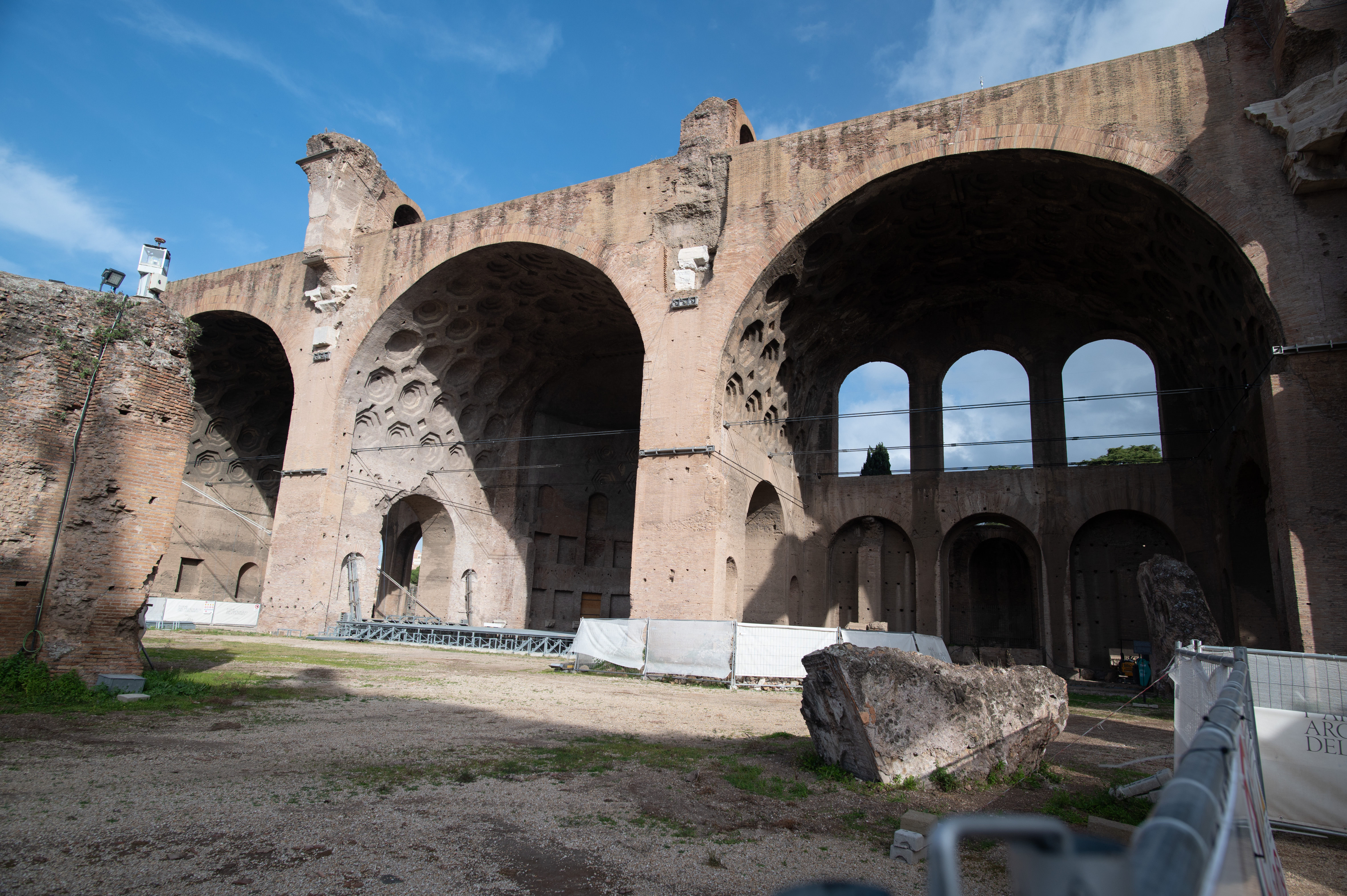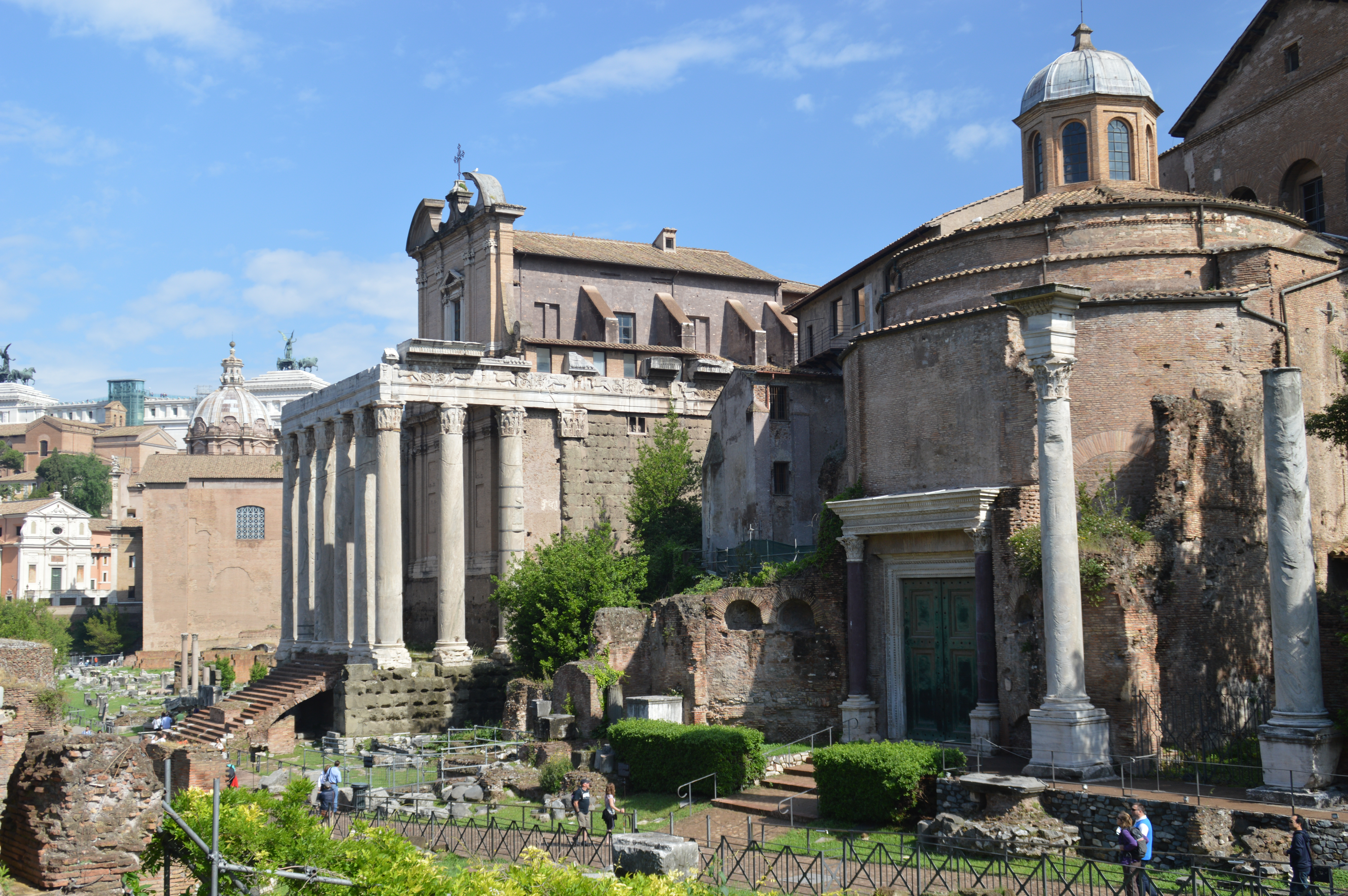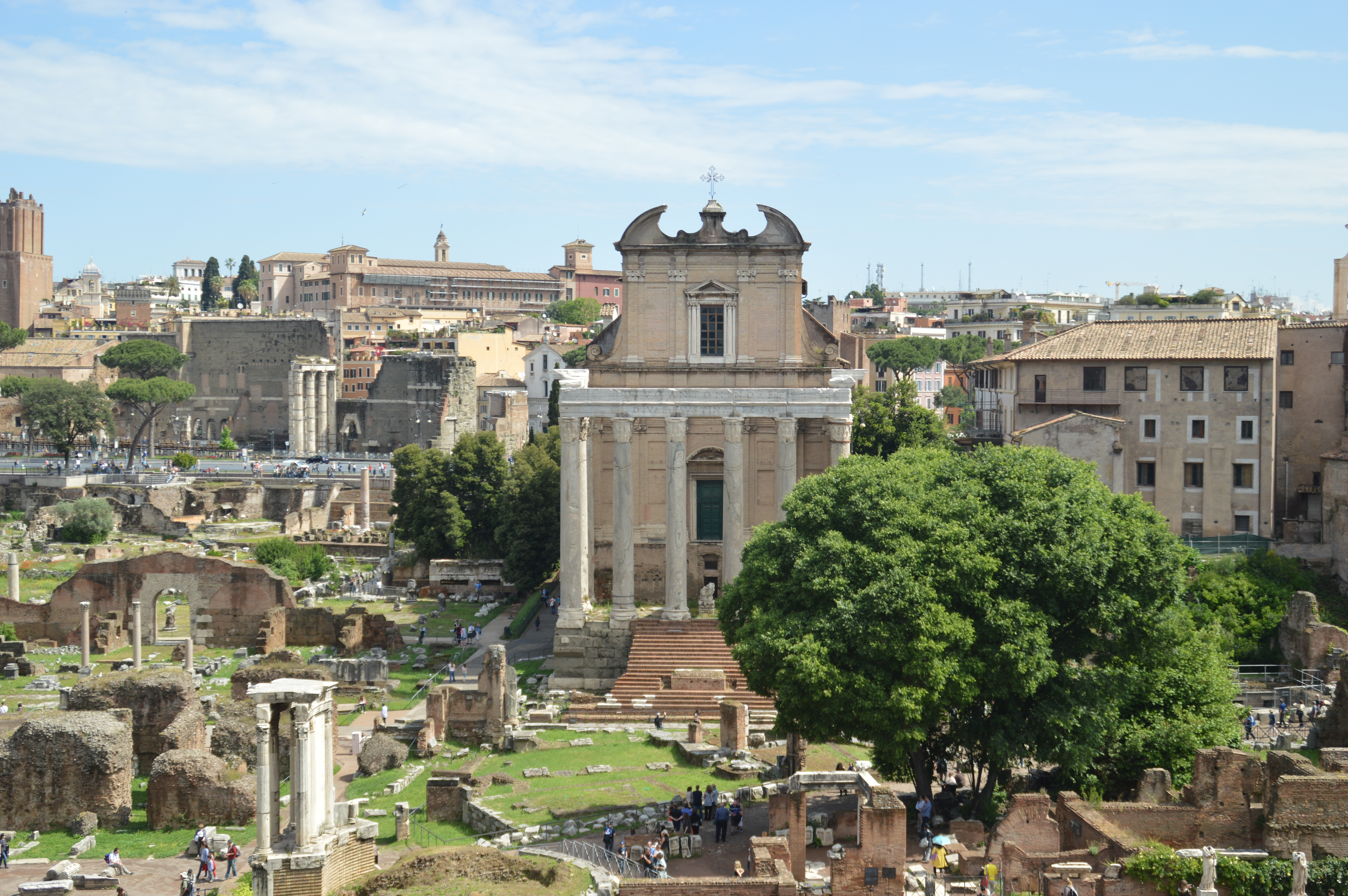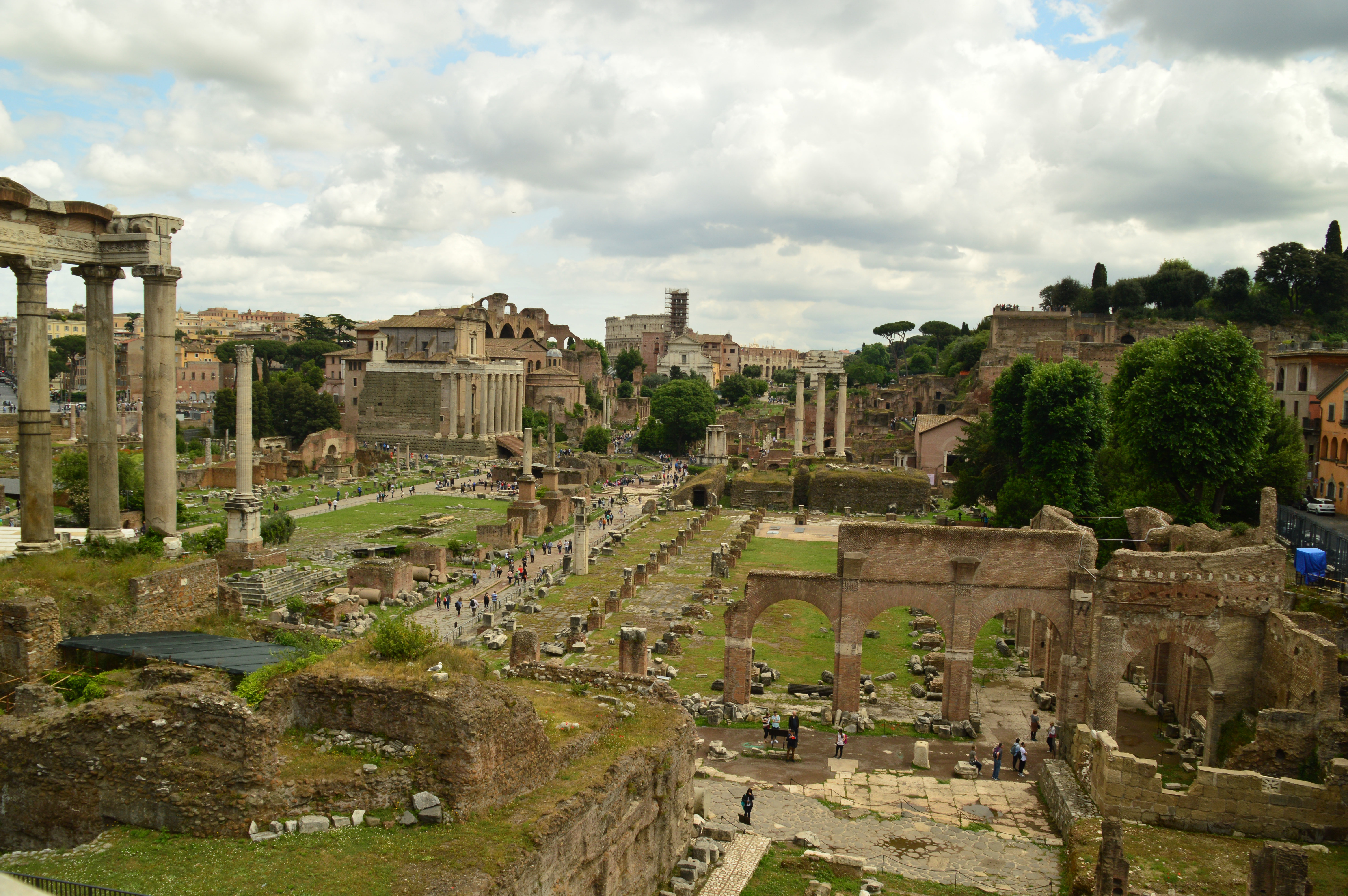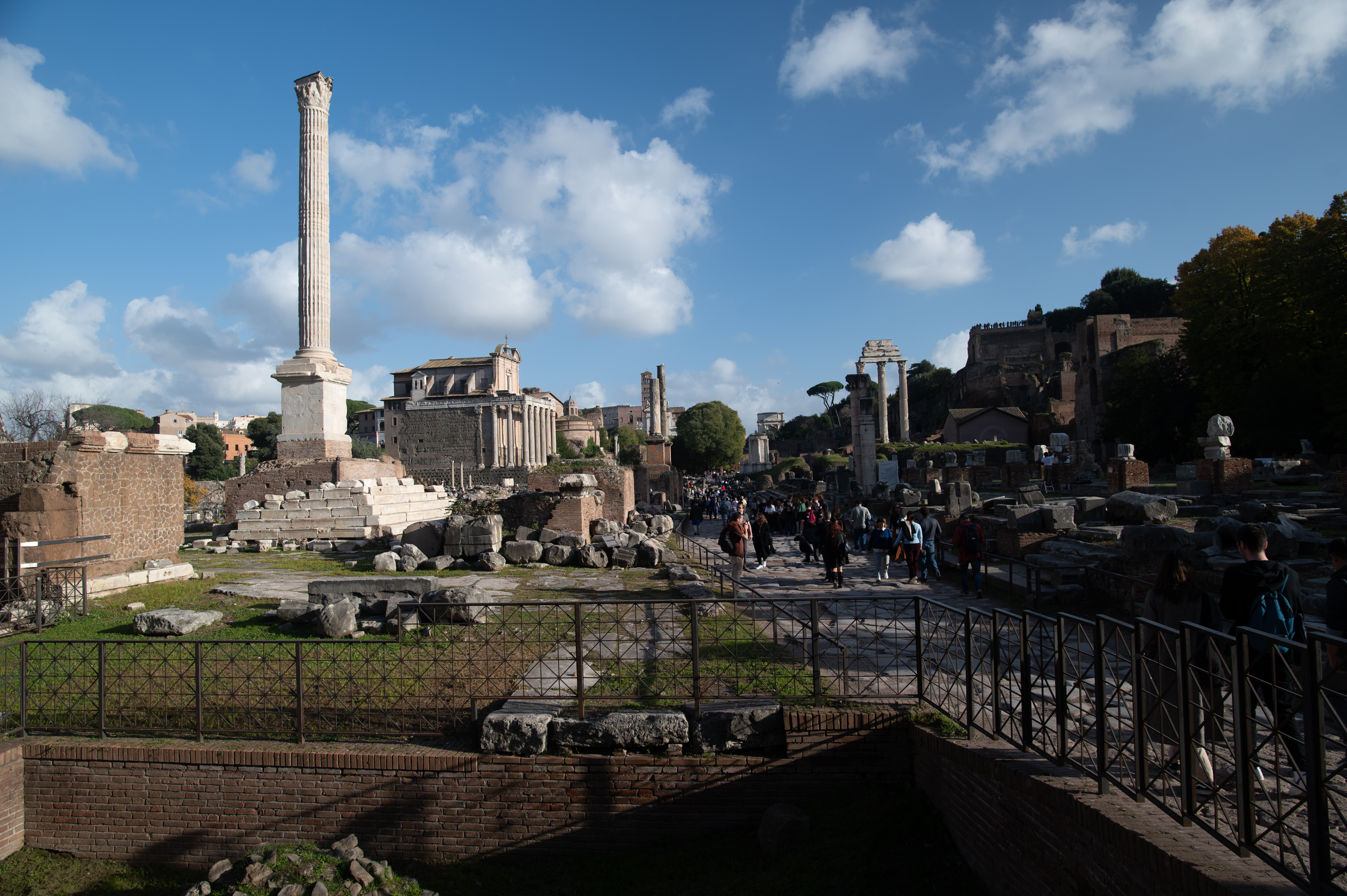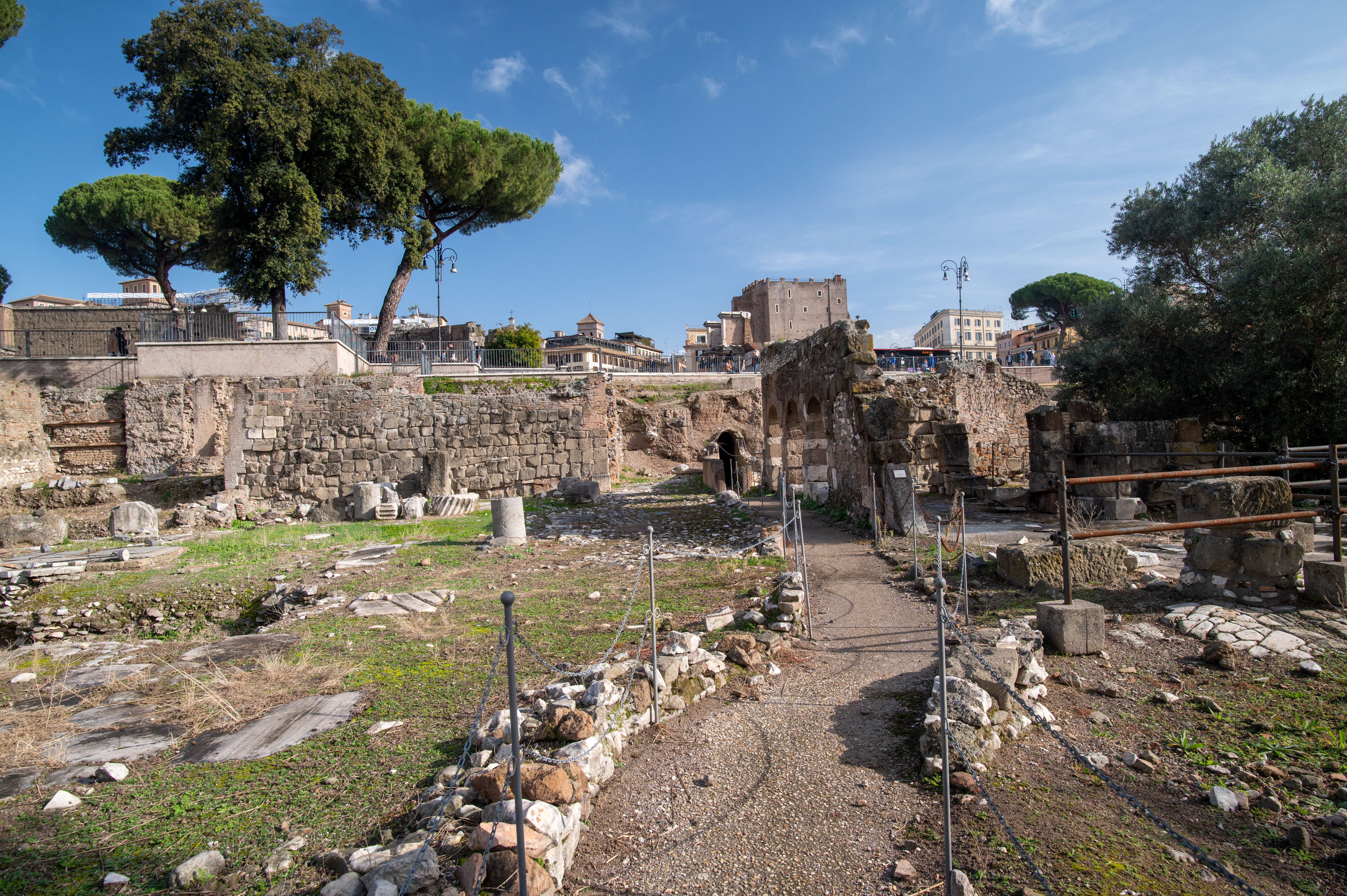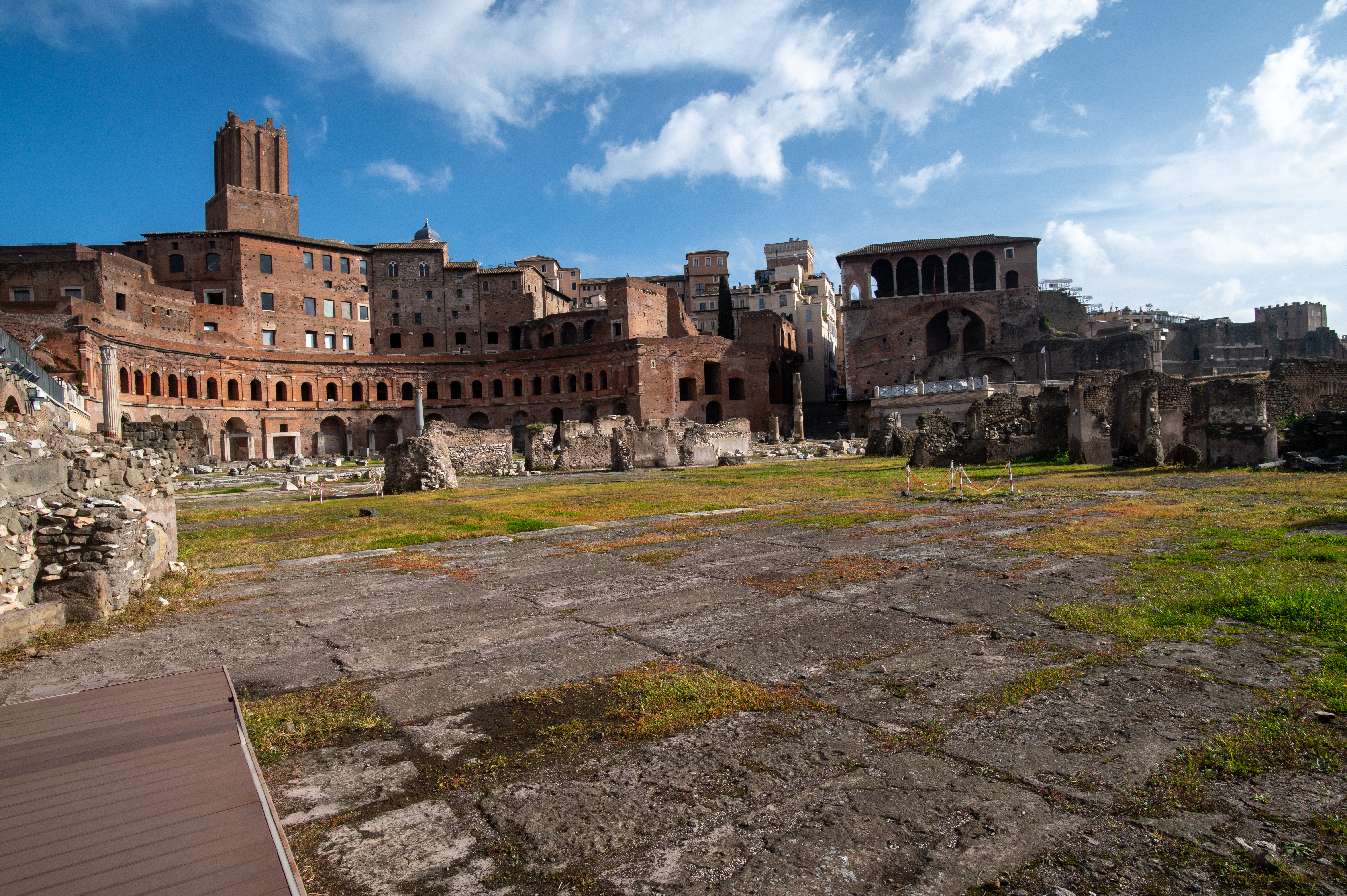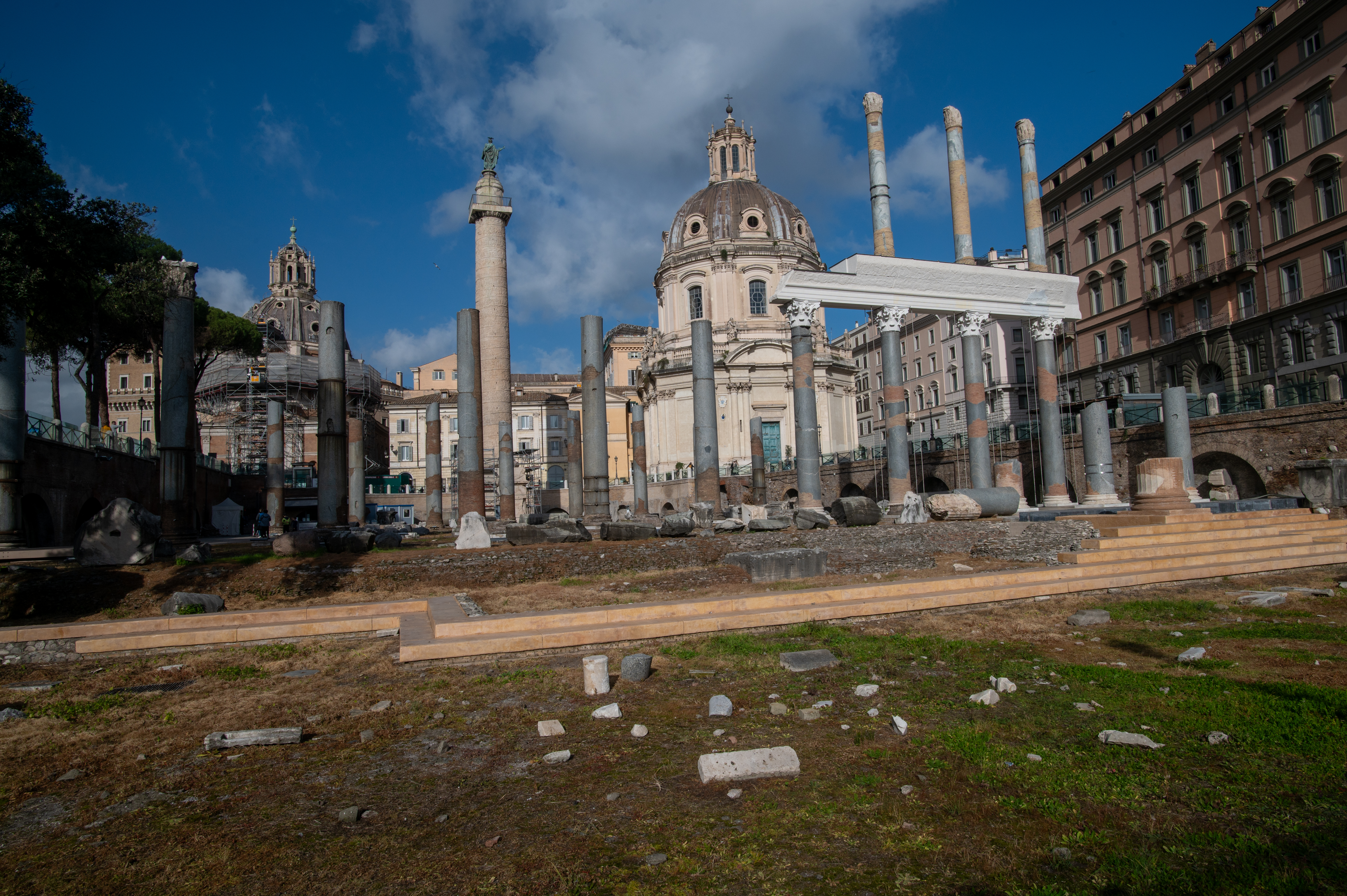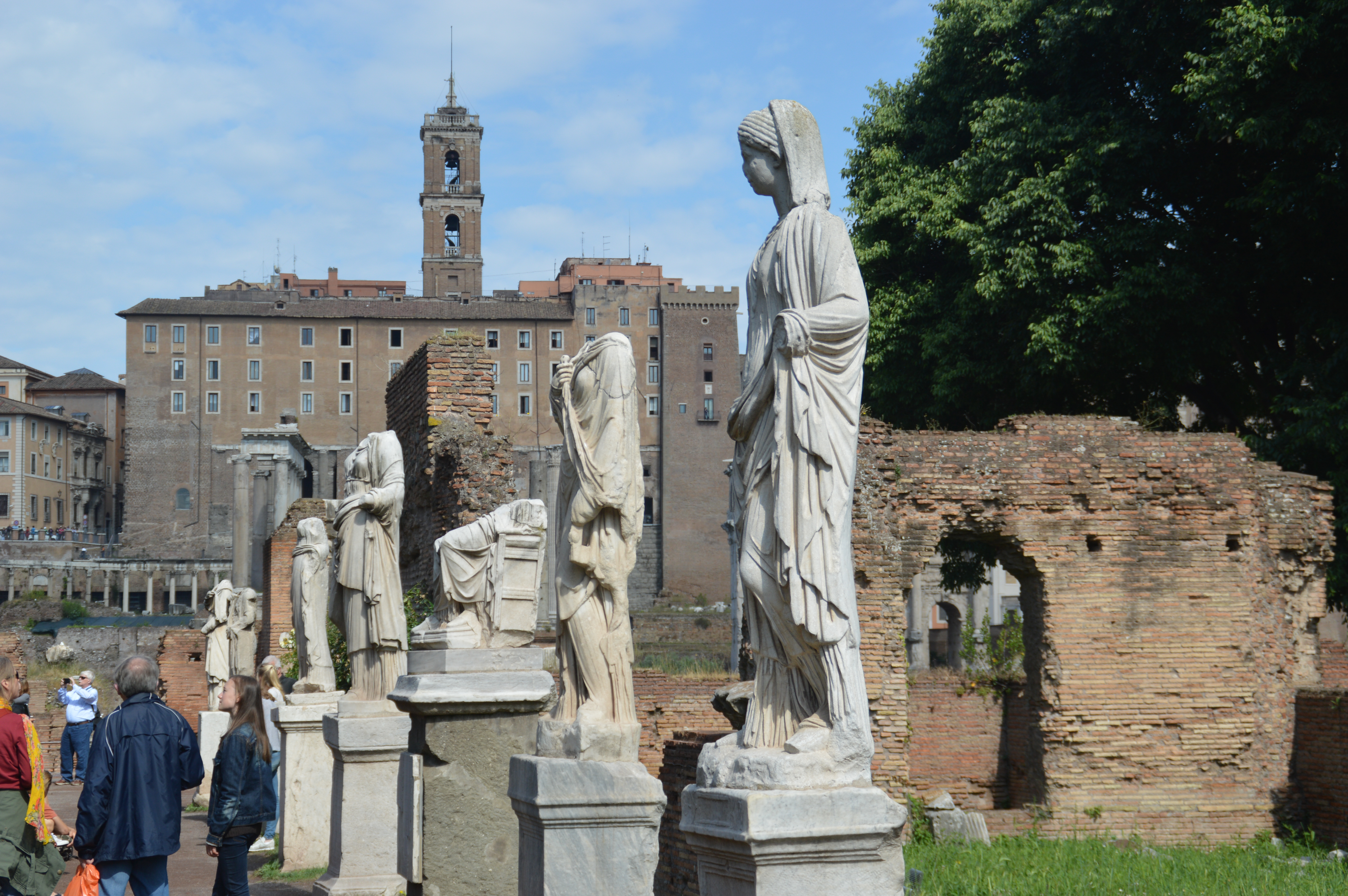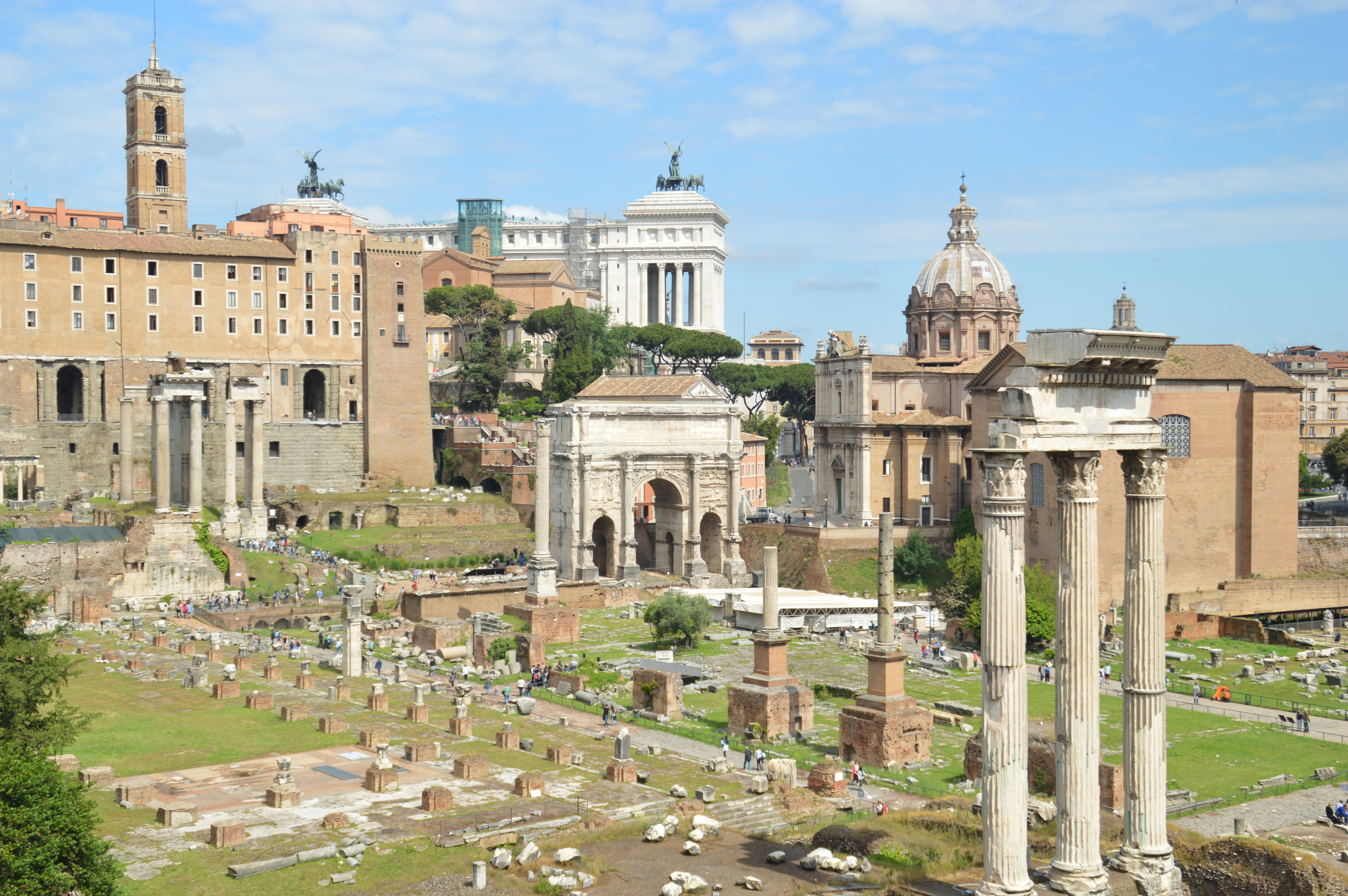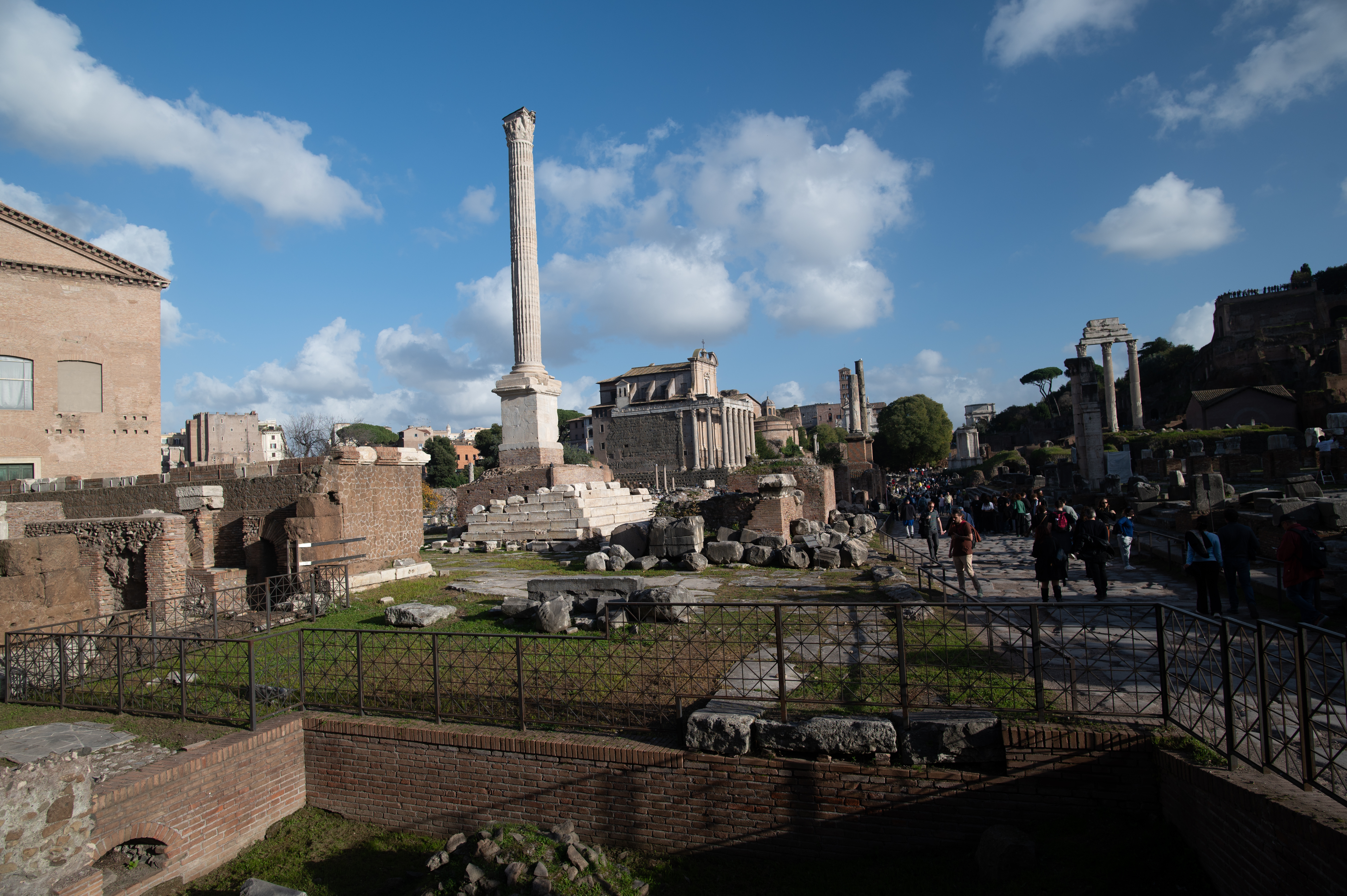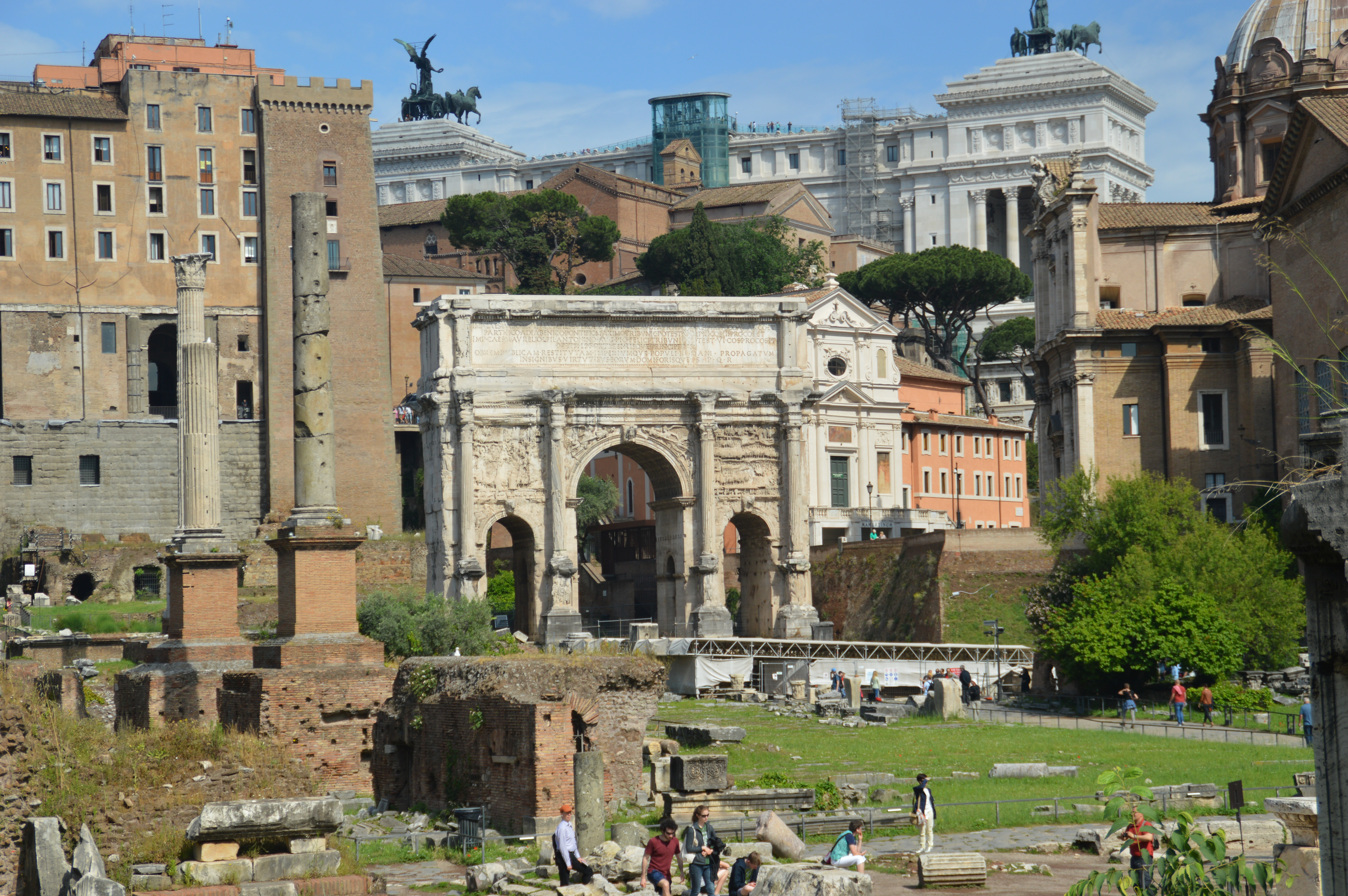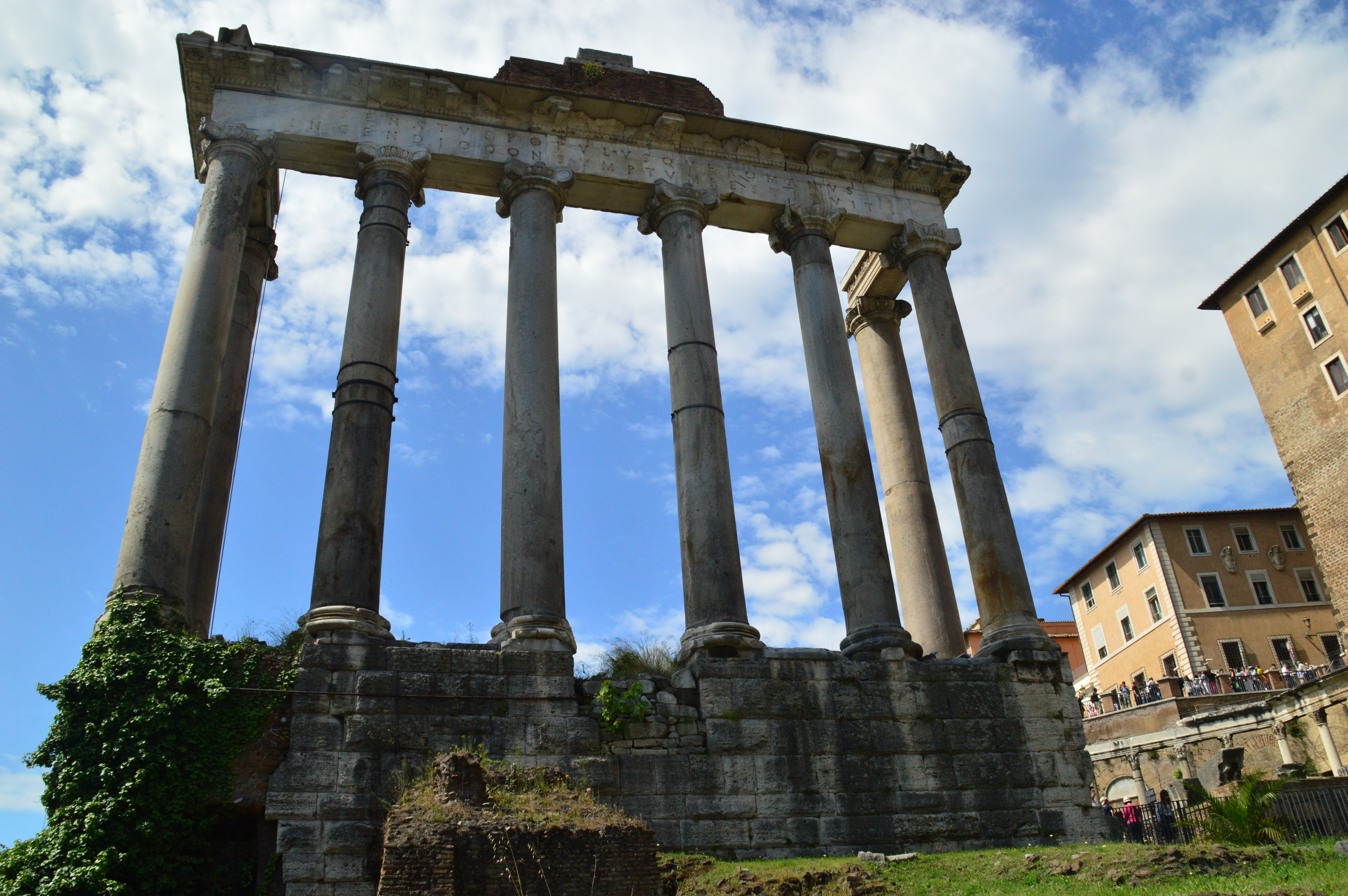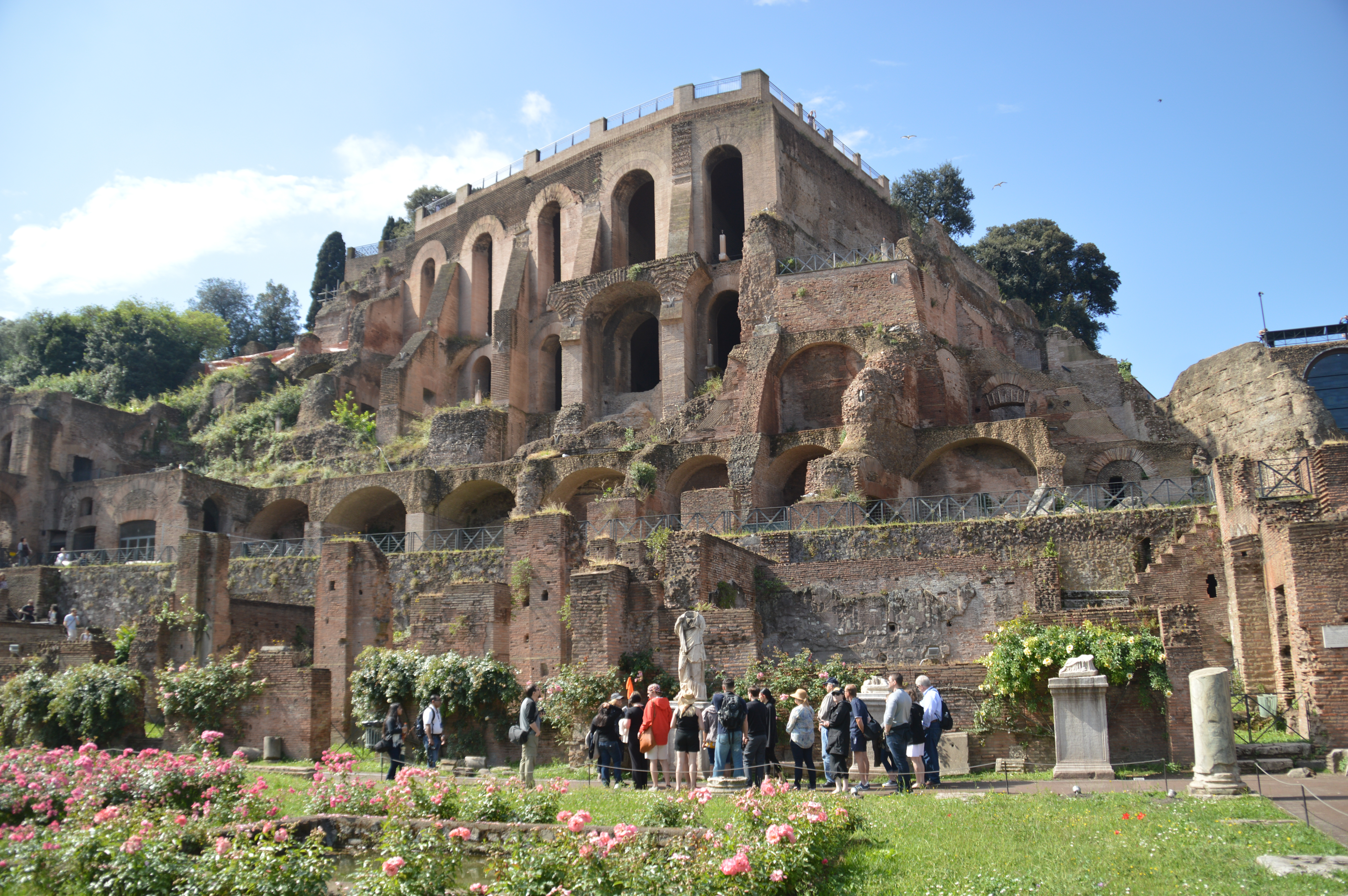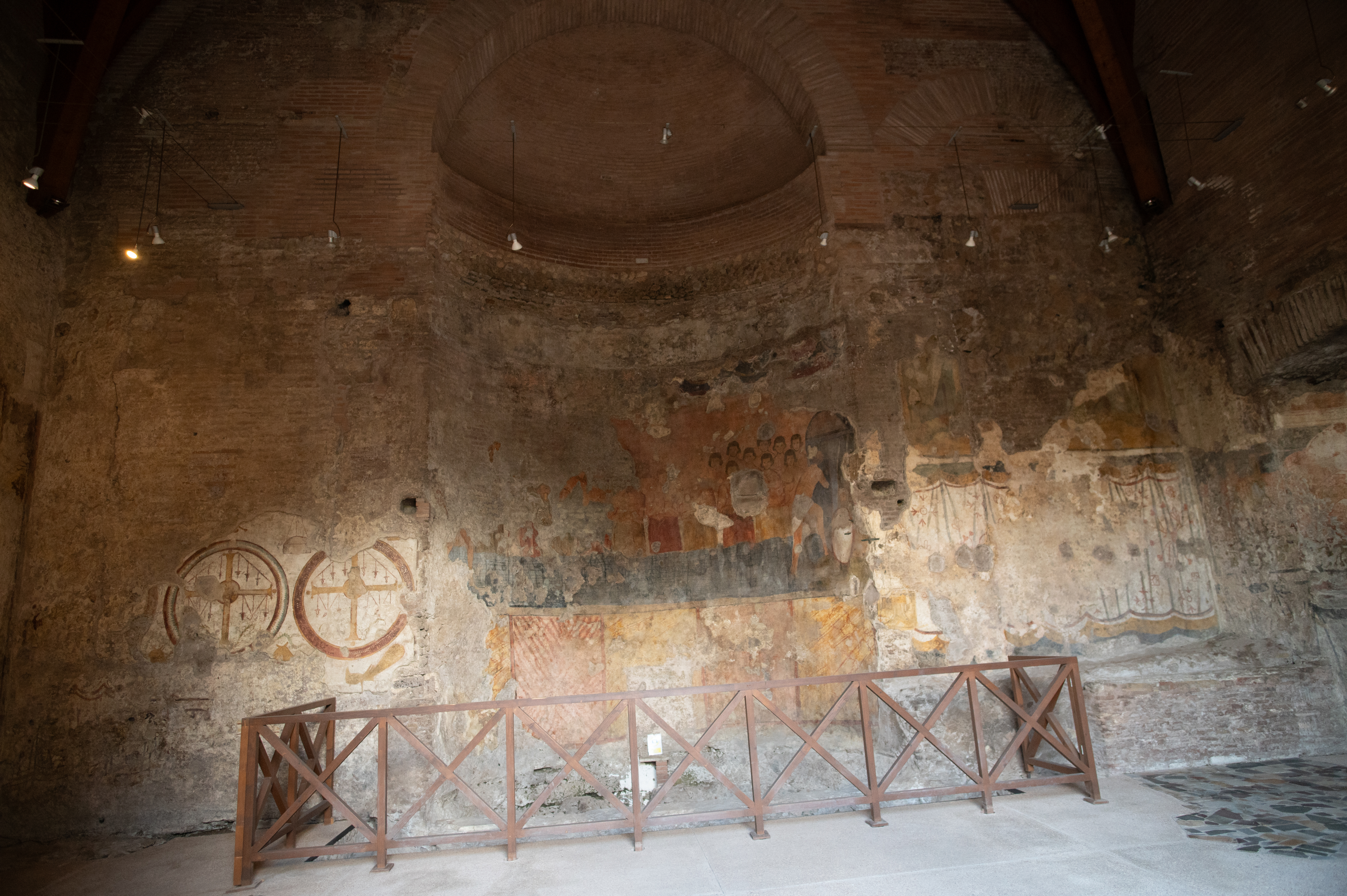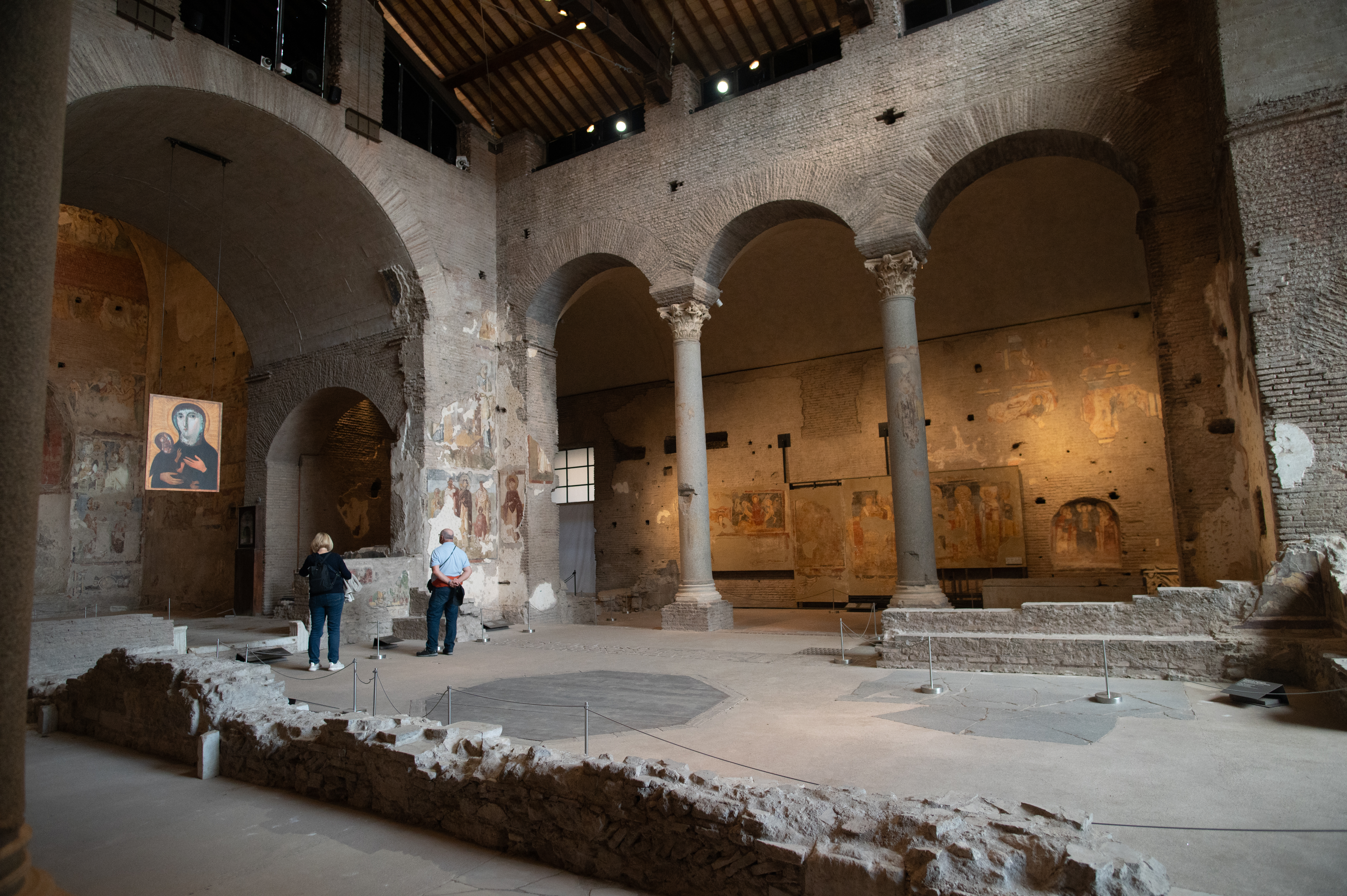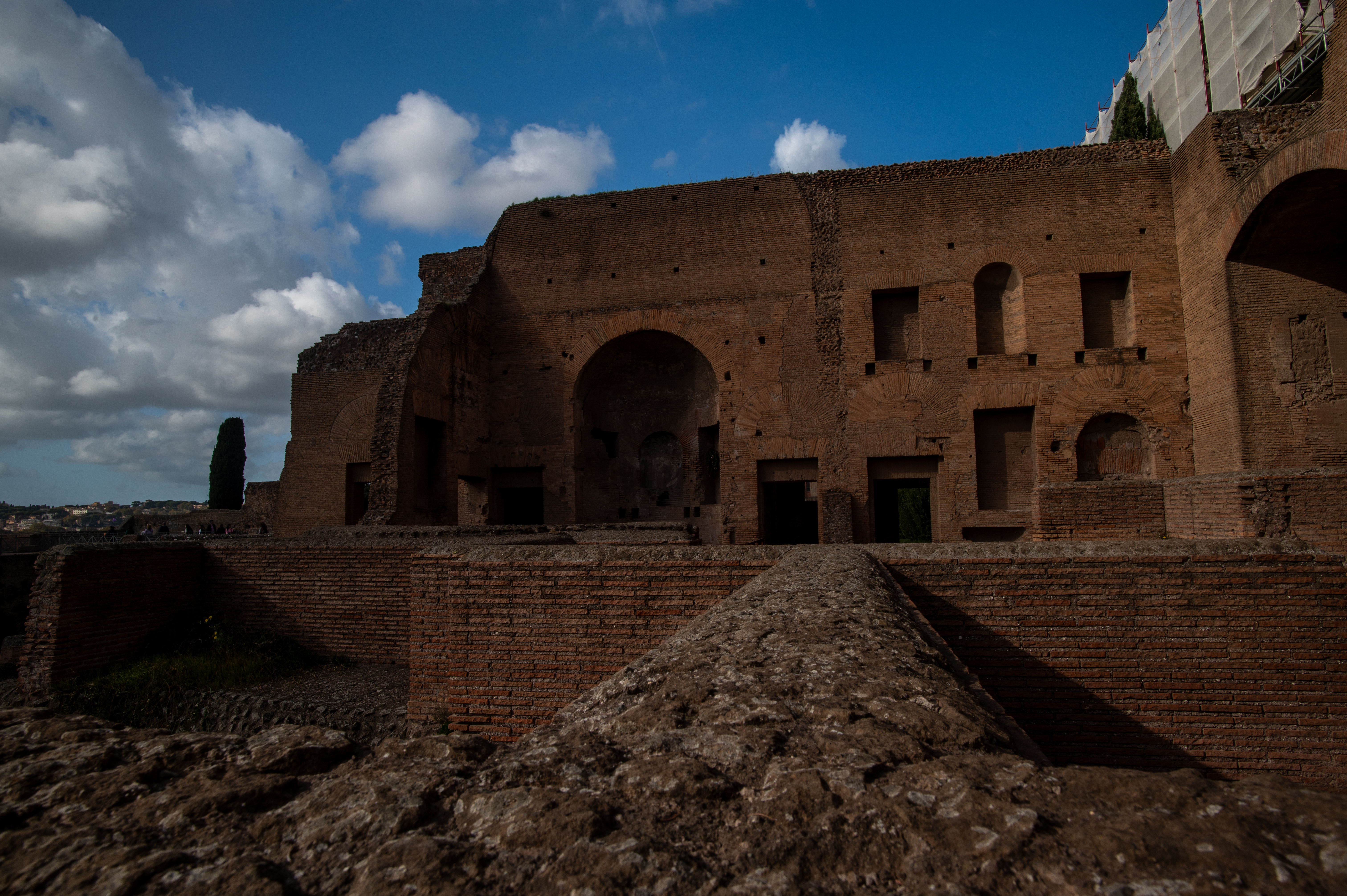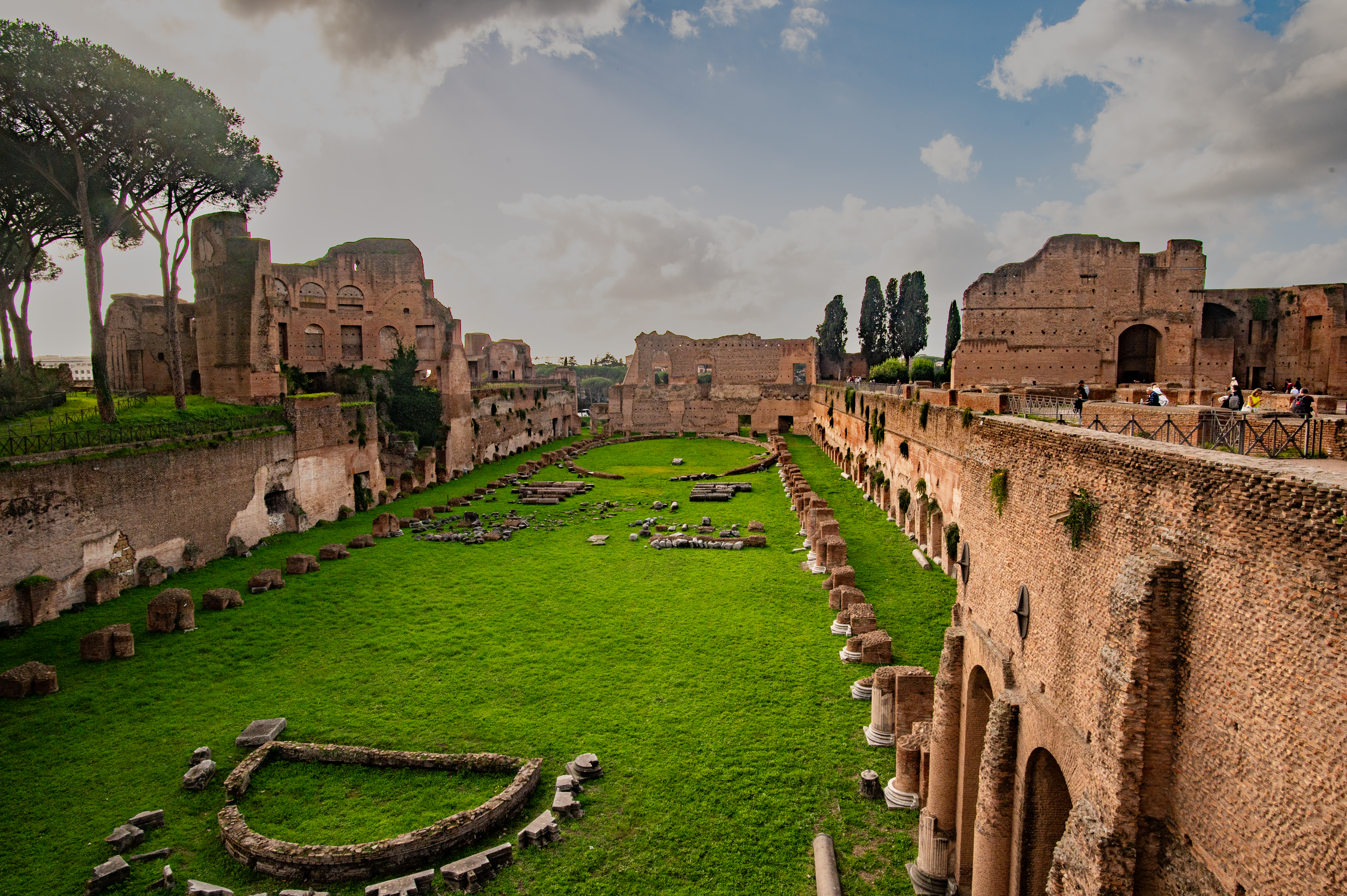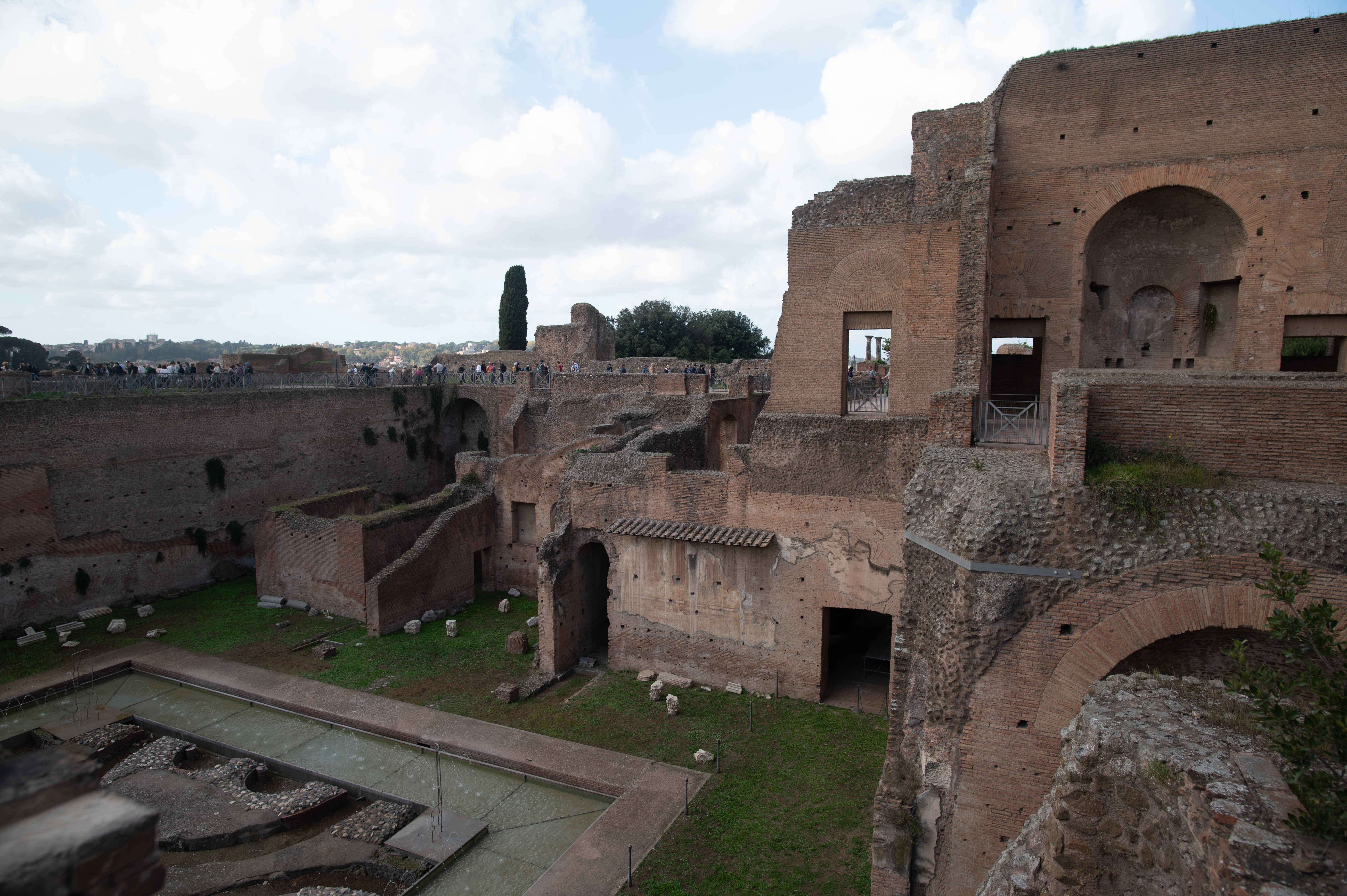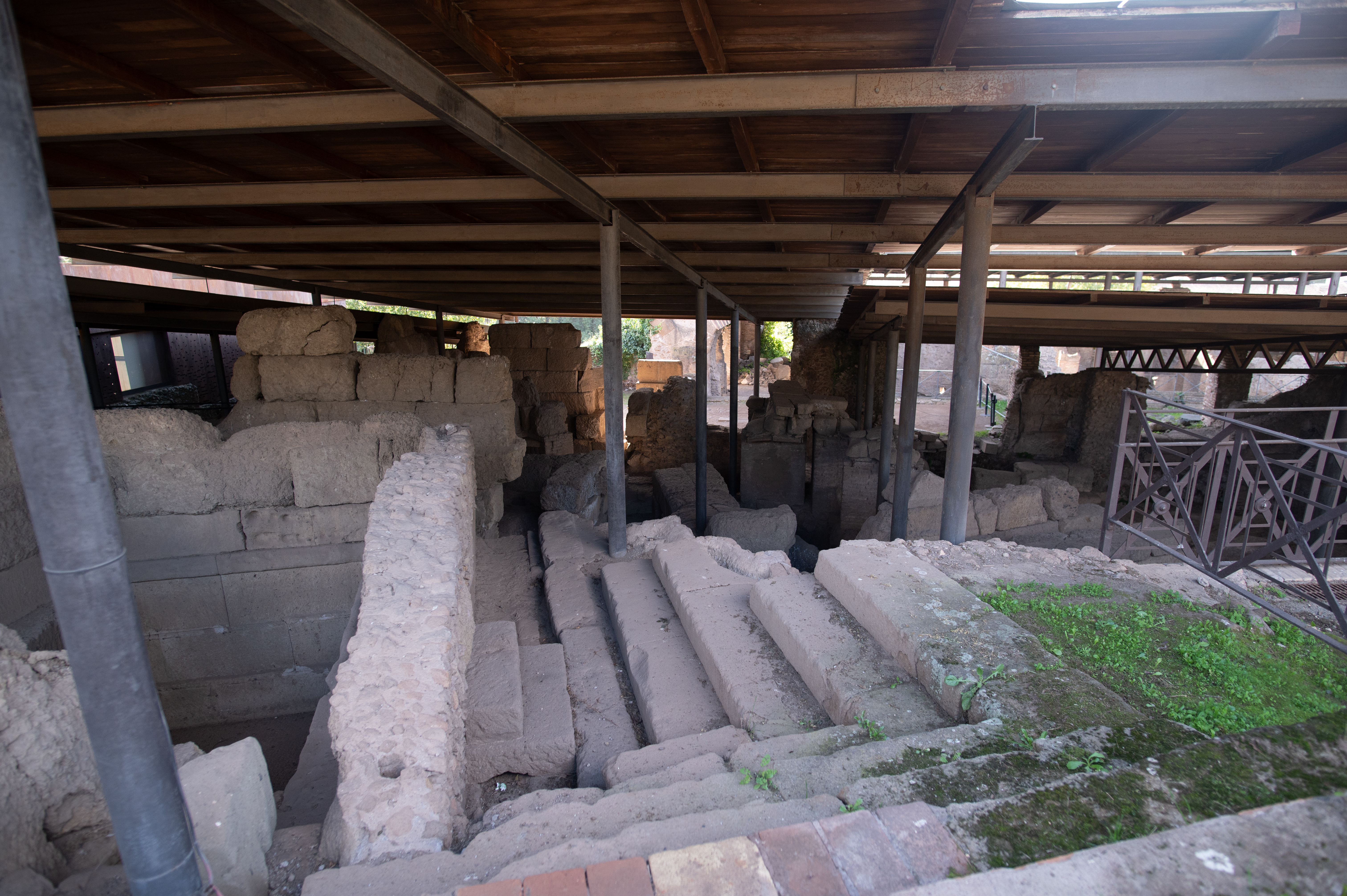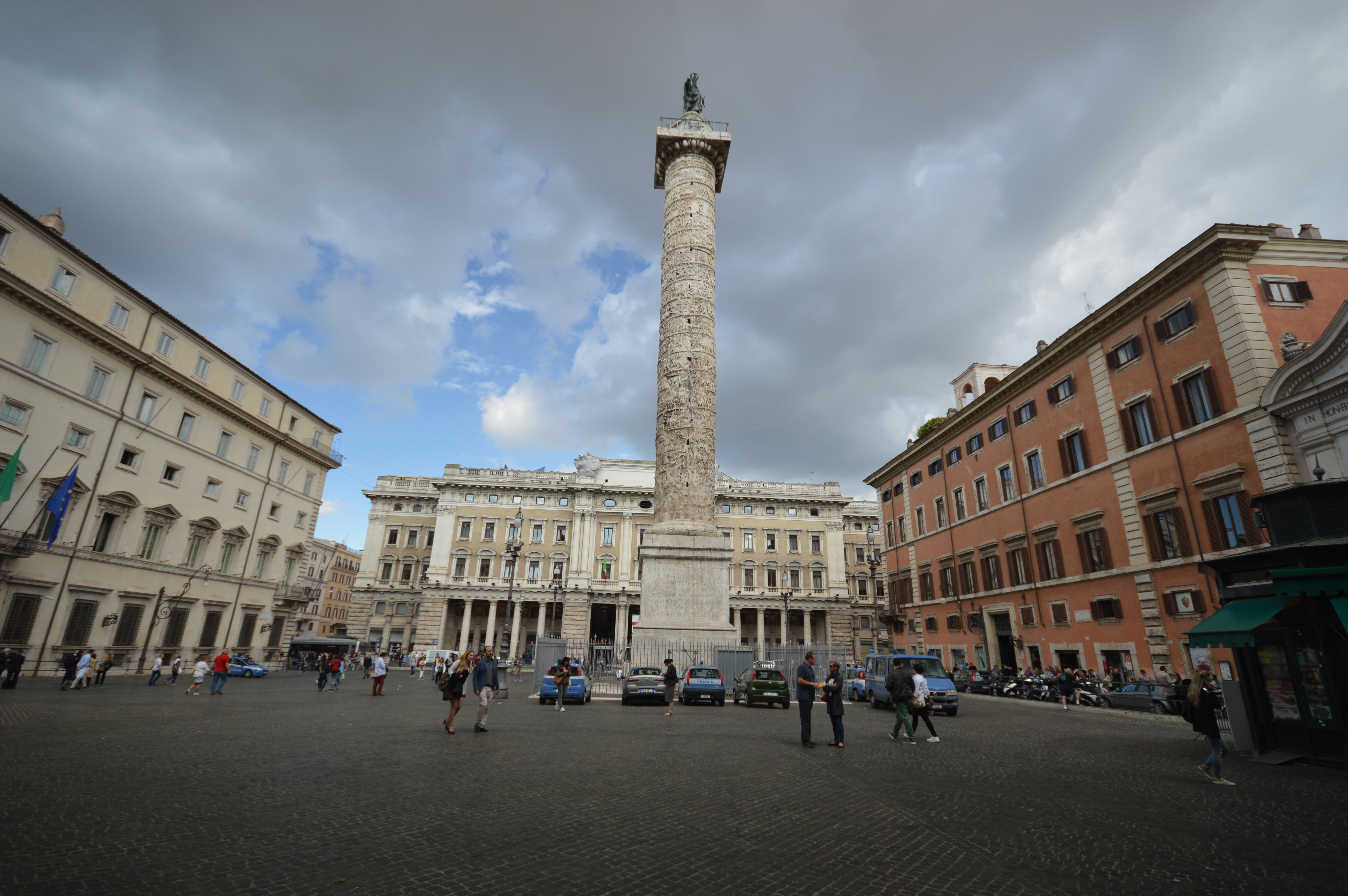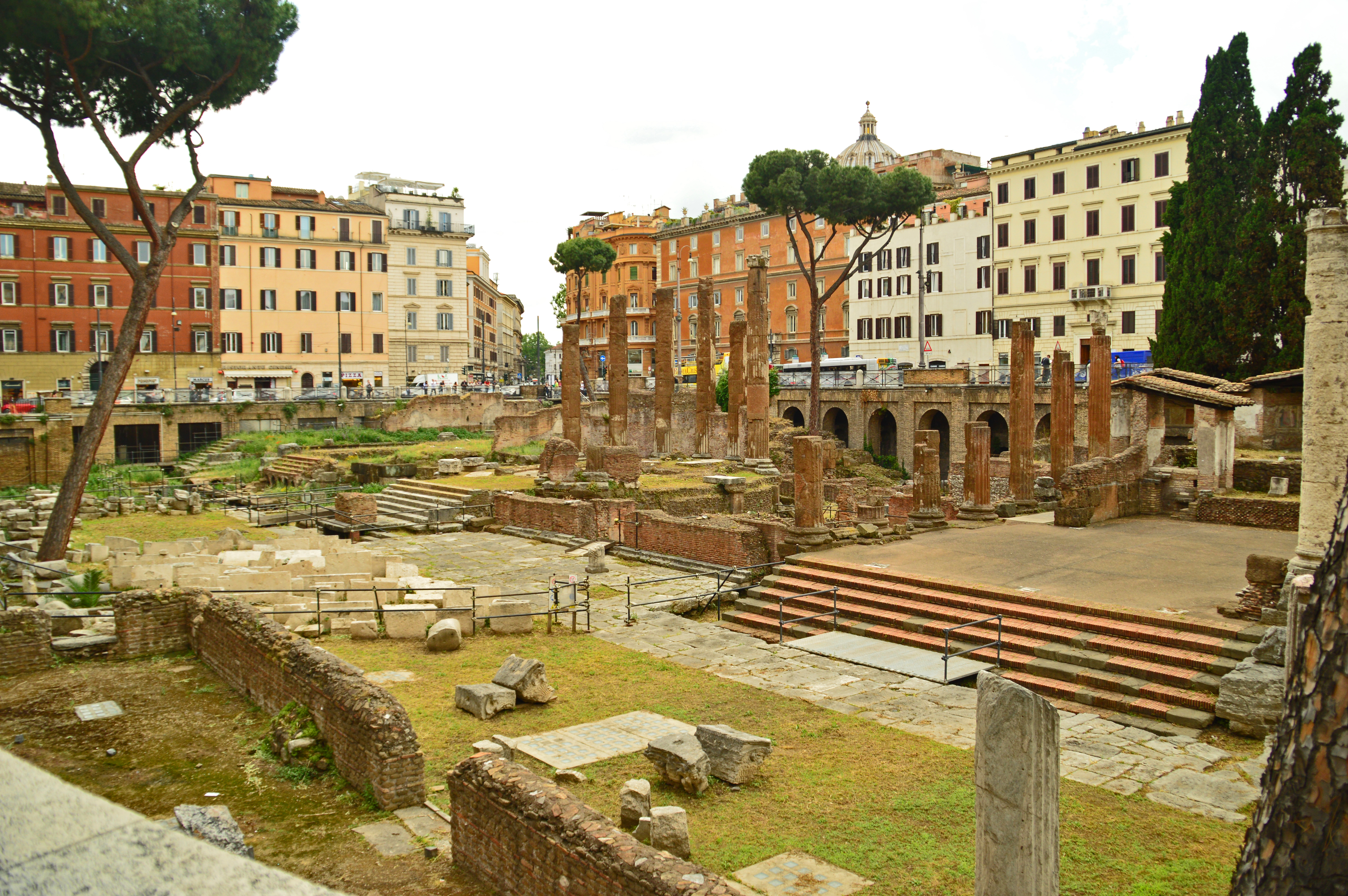About Ancient Rome Italy
In modern historiography, ancient Rome is the Roman civilisation from the founding of the Italian city of Rome in the 8th century BC to the collapse of the Western Roman Empire in the 5th century AD. It encompasses the Roman Kingdom (753–509 BC), the Roman Republic (509–27 BC), and the Roman Empire (27 BC–476 AD) until the fall of the western empire.
Ancient Rome began as an Italic settlement, traditionally dated to 753 BC, beside the River Tiber in the Italian Peninsula. The settlement grew into the city and polity of Rome, and came to control its neighbours through a combination of treaties and military strength. It eventually controlled the Italian Peninsula, assimilating the Greek culture of southern Italy (Magna Grecia) and the Etruscan culture, and then became the dominant power in the Mediterranean region and parts of Europe. At its height it controlled the North African coast, Egypt, Southern Europe, and most of Western Europe, the Balkans, Crimea, and much of the Middle East, including Anatolia, Levant, and parts of Mesopotamia and Arabia. That empire was among the largest empires in the ancient world, covering around 5 million square kilometres (1.9 million square miles) in AD 117, with an estimated 50 to 90 million inhabitants, roughly 20% of the world's population at the time. The Roman state evolved from an elective monarchy to a classical republic and then to an increasingly autocratic military dictatorship during the Empire.
Archaeological evidence of settlement around Rome starts to emerge c. 1000 BC. Large-scale organisation appears only c. 800 BC, with the first graves in the Esquiline Hill's necropolis, along with a clay and timber wall on the bottom of the Palatine Hill dating to the middle of the 8th century BC. Starting from c. 650 BC, the Romans started to drain the valley between the Capitoline and Palatine Hills, where today sits the Roman Forum.[5] By the sixth century BC, the Romans were constructing the Temple of Jupiter Optimus Maximus on the Capitoline and expanding to the Forum Boarium located between the Capitoline and Aventine Hills.
The Romans themselves had a founding myth, attributing their city to Romulus and Remus, offspring of Mars and a princess of the mythical city of Alba Longa.[7] The sons, sentenced to death, were rescued by a wolf and returned to restore the Alban king and found a city. After a dispute, Romulus killed Remus and became the city's sole founder. The area of his initial settlement on the Palatine Hill was later known as Roma Quadrata ("Square Rome"). The story dates at least to the third century BC, and the later Roman antiquarian Marcus Terentius Varro placed the city's foundation to 753 BC.
Literary and archaeological evidence is clear on there having been kings in Rome, attested in fragmentary 6th century BC texts. Long after the abolition of the Roman monarchy, a vestigial rex sacrorum was retained to exercise the monarch's former priestly functions. The Romans believed that their monarchy was elective, with seven legendary kings who were largely unrelated by blood.
By the end of the sixth century, Rome and many of its Italian neighbours entered a period of turbulence. Archaeological evidence implies some degree of large-scale warfare. According to tradition and later writers such as Livy, the Roman Republic was established c. 509 BC, when the last of the seven kings of Rome, Tarquin the Proud, was deposed and a system based on annually elected magistrates and various representative assemblies was established. A constitution set a series of checks and balances, and a separation of powers. The most important magistrates were the two consuls, who together exercised executive authority such as imperium, or military command.[19] The consuls had to work with the Senate, which was initially an advisory council of the ranking nobility, or patricians, but grew in size and power.
In the mid-1st century BC, Roman politics were restless. Political divisions in Rome split into one of two groups, populares (who hoped for the support of the people) and optimates (the "best", who wanted to maintain exclusive aristocratic control). Sulla overthrew all populist leaders and his constitutional reforms removed powers (such as those of the tribune of the plebs) that had supported populist approaches. Meanwhile, social and economic stresses continued to build; Rome had become a metropolis with a super-rich aristocracy, debt-ridden aspirants, and a large proletariat often of impoverished farmers. The latter groups supported the Catilinarian conspiracy—a resounding failure since the consul Marcus Tullius Cicero quickly arrested and executed the main leaders.
en.wikipedia.org
